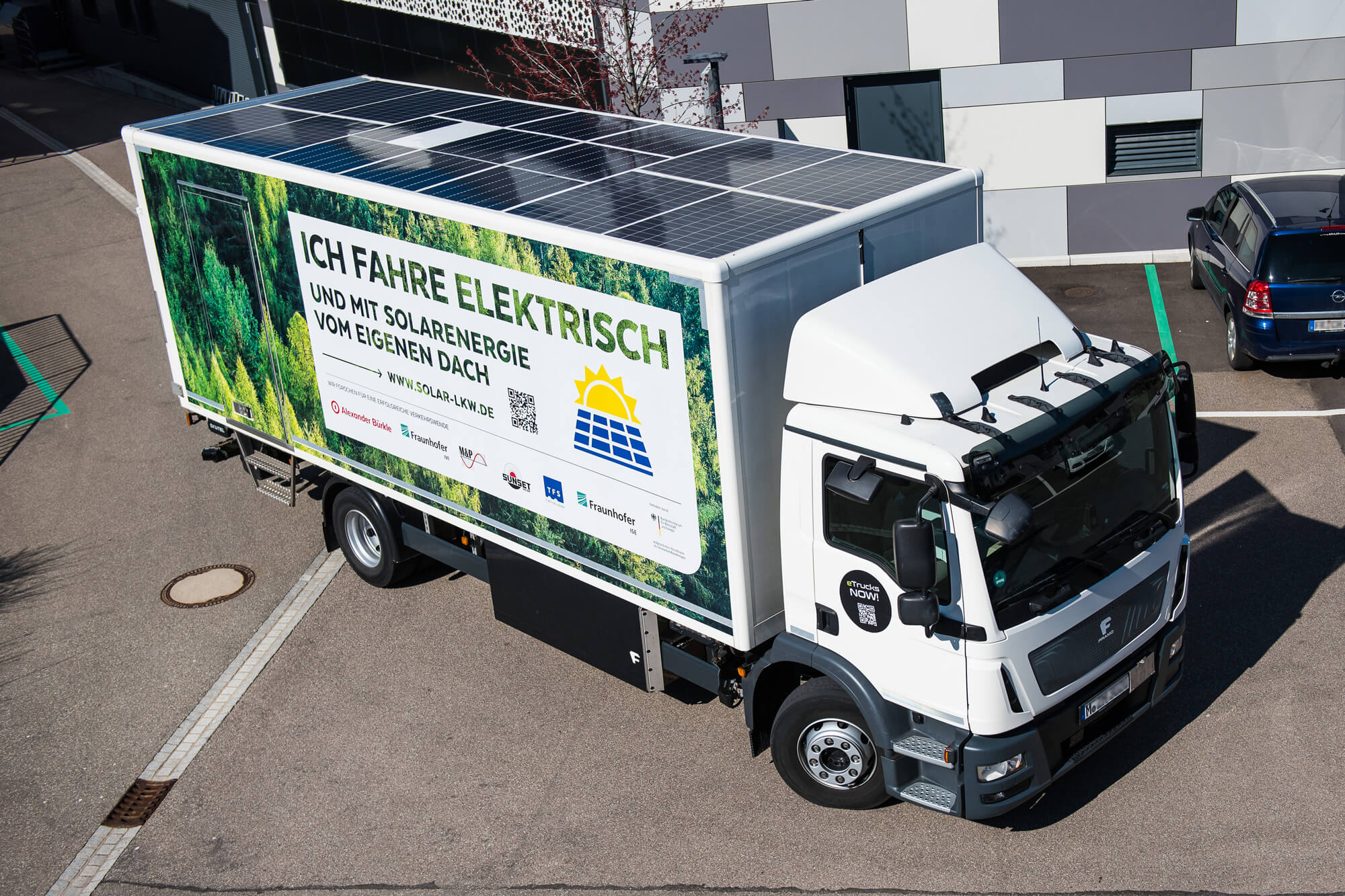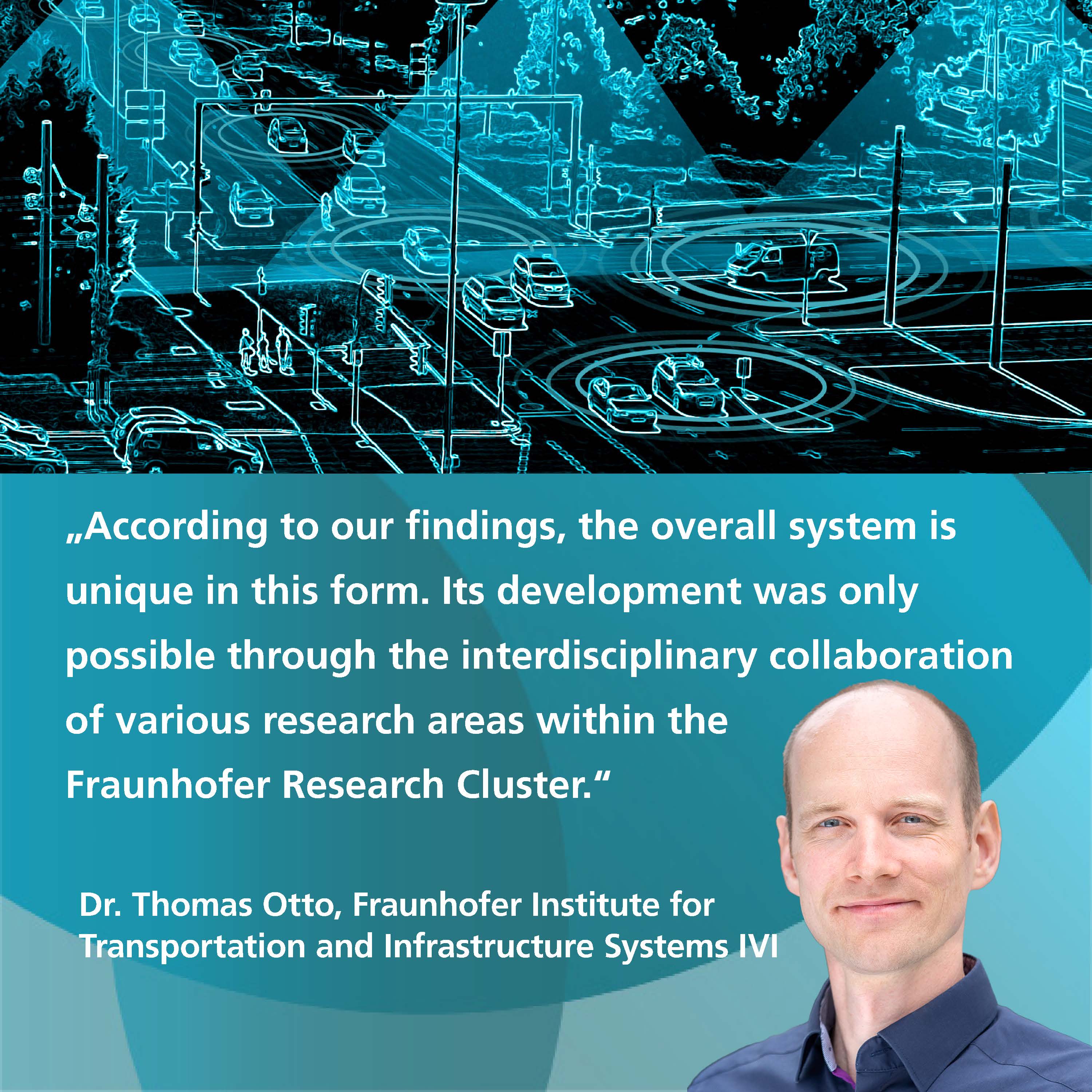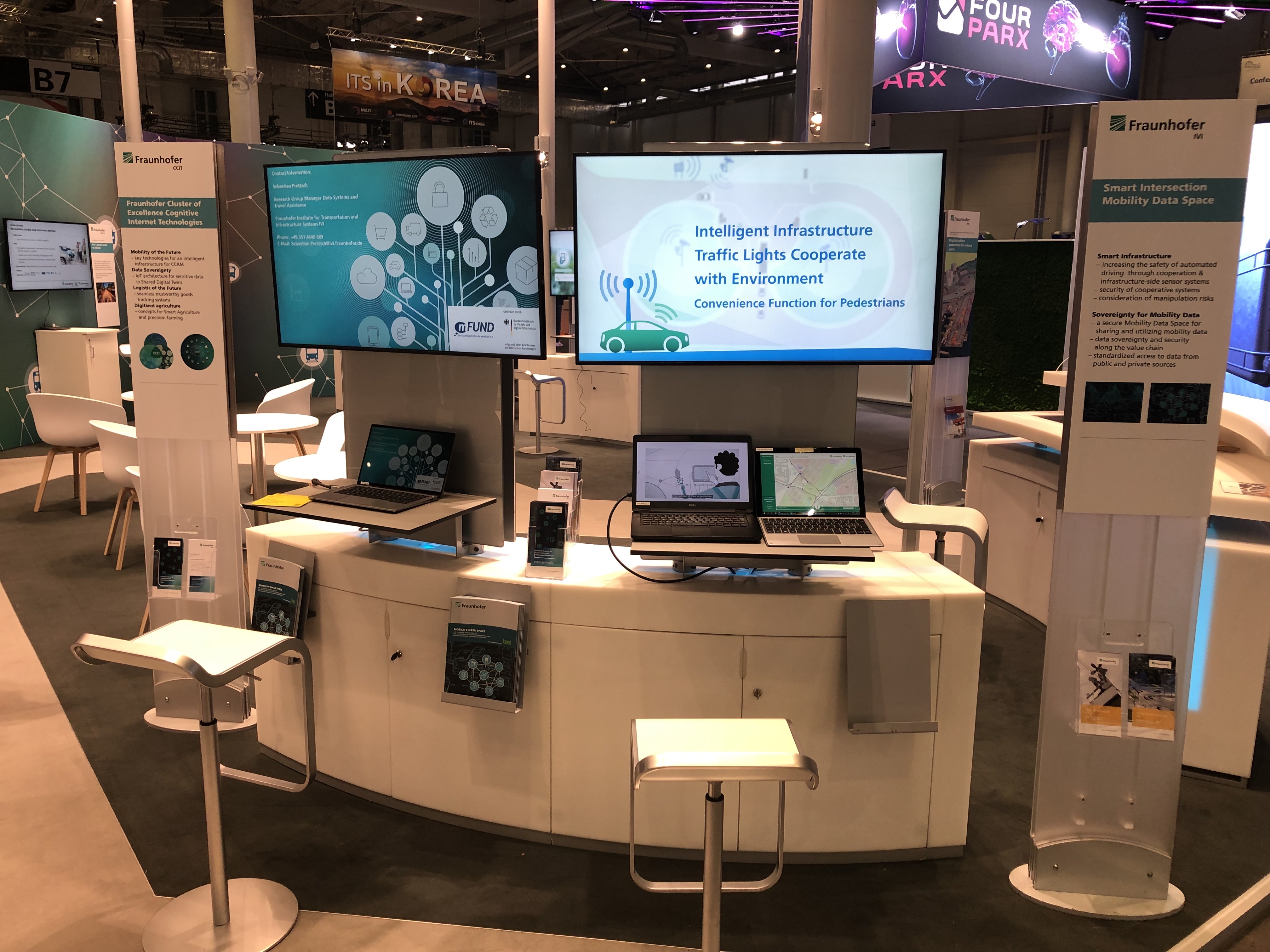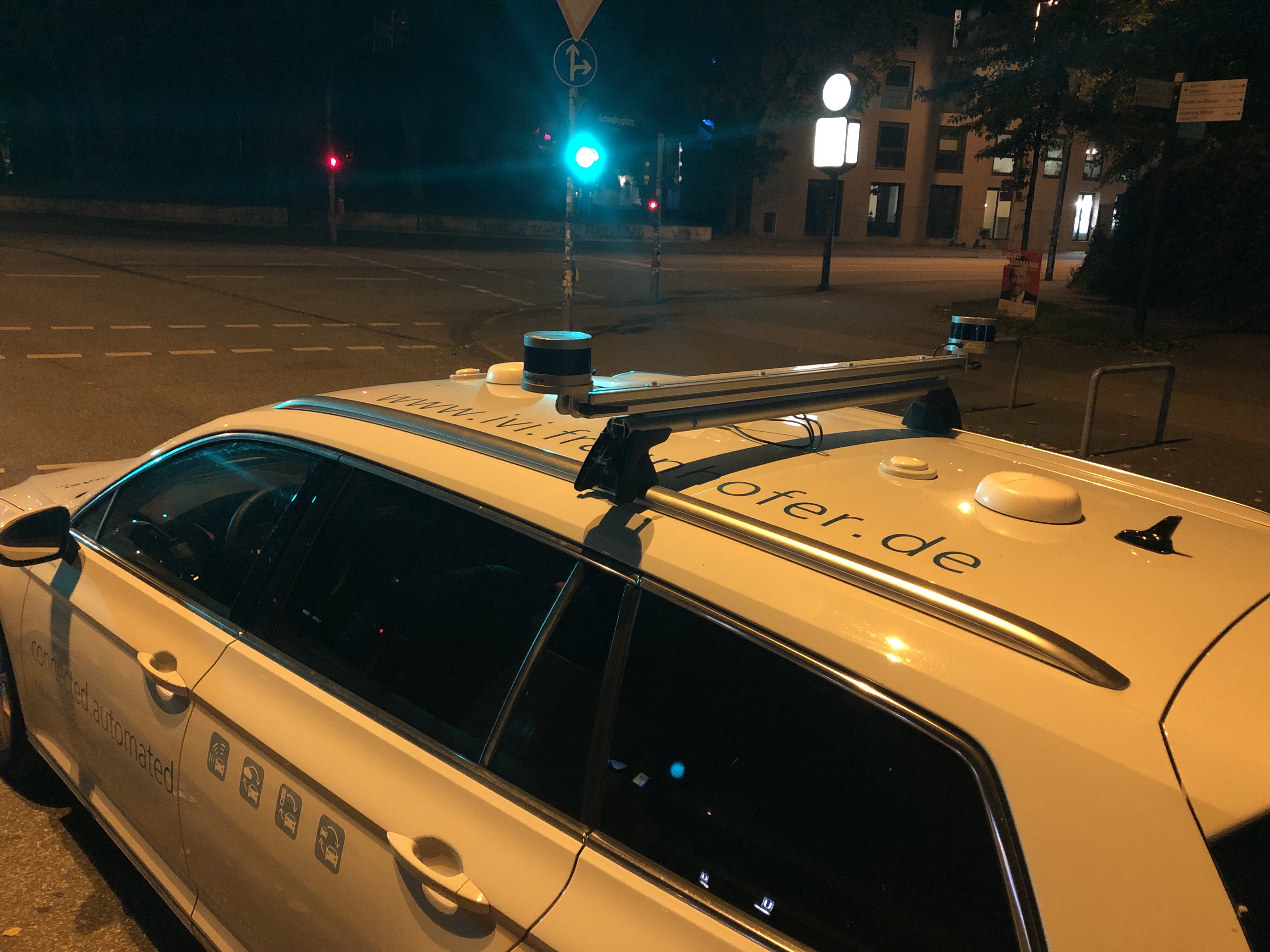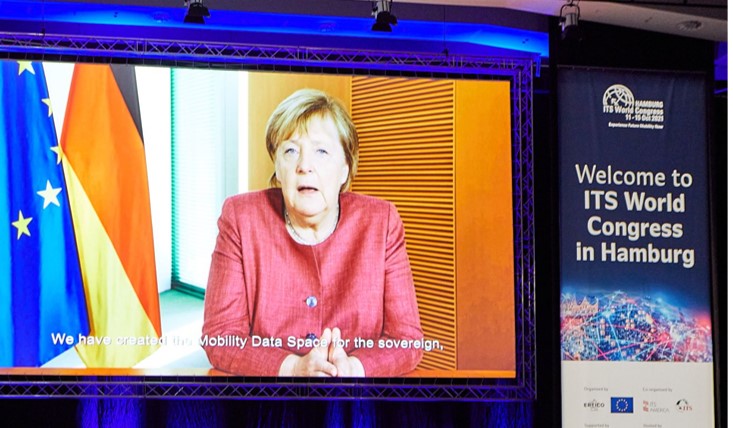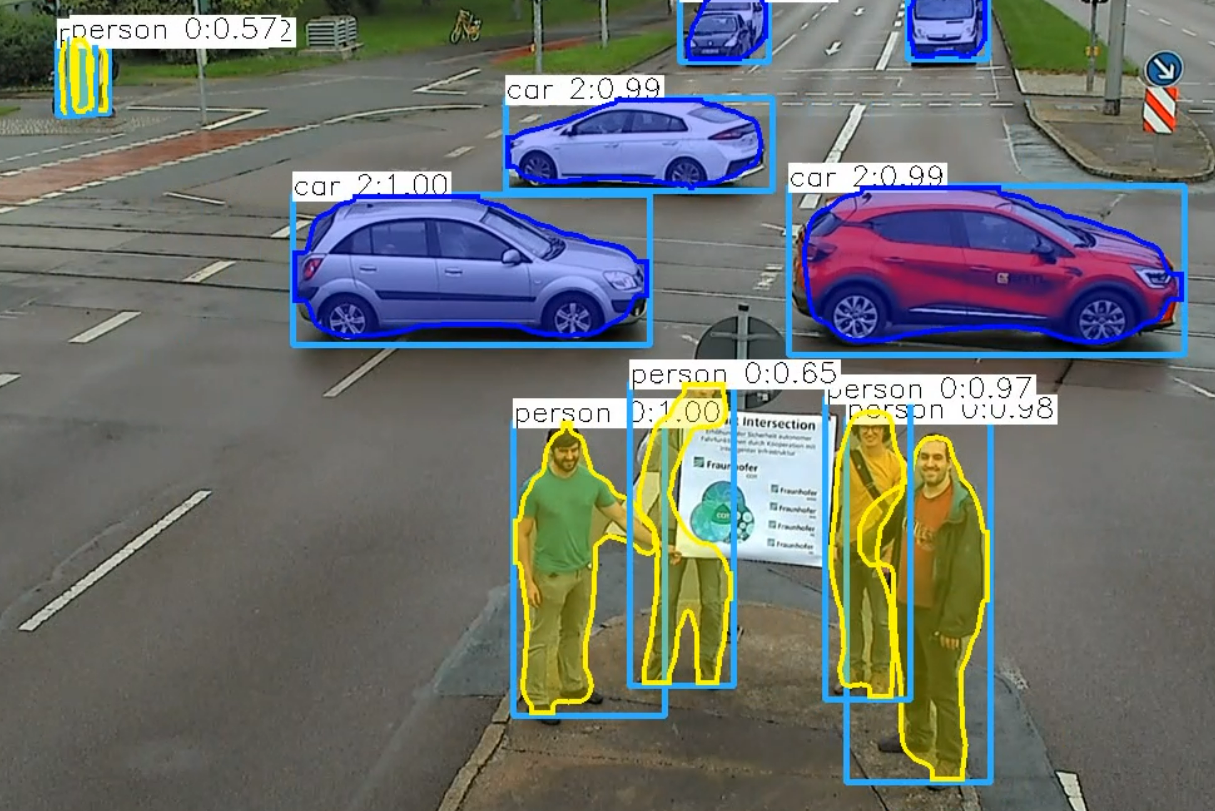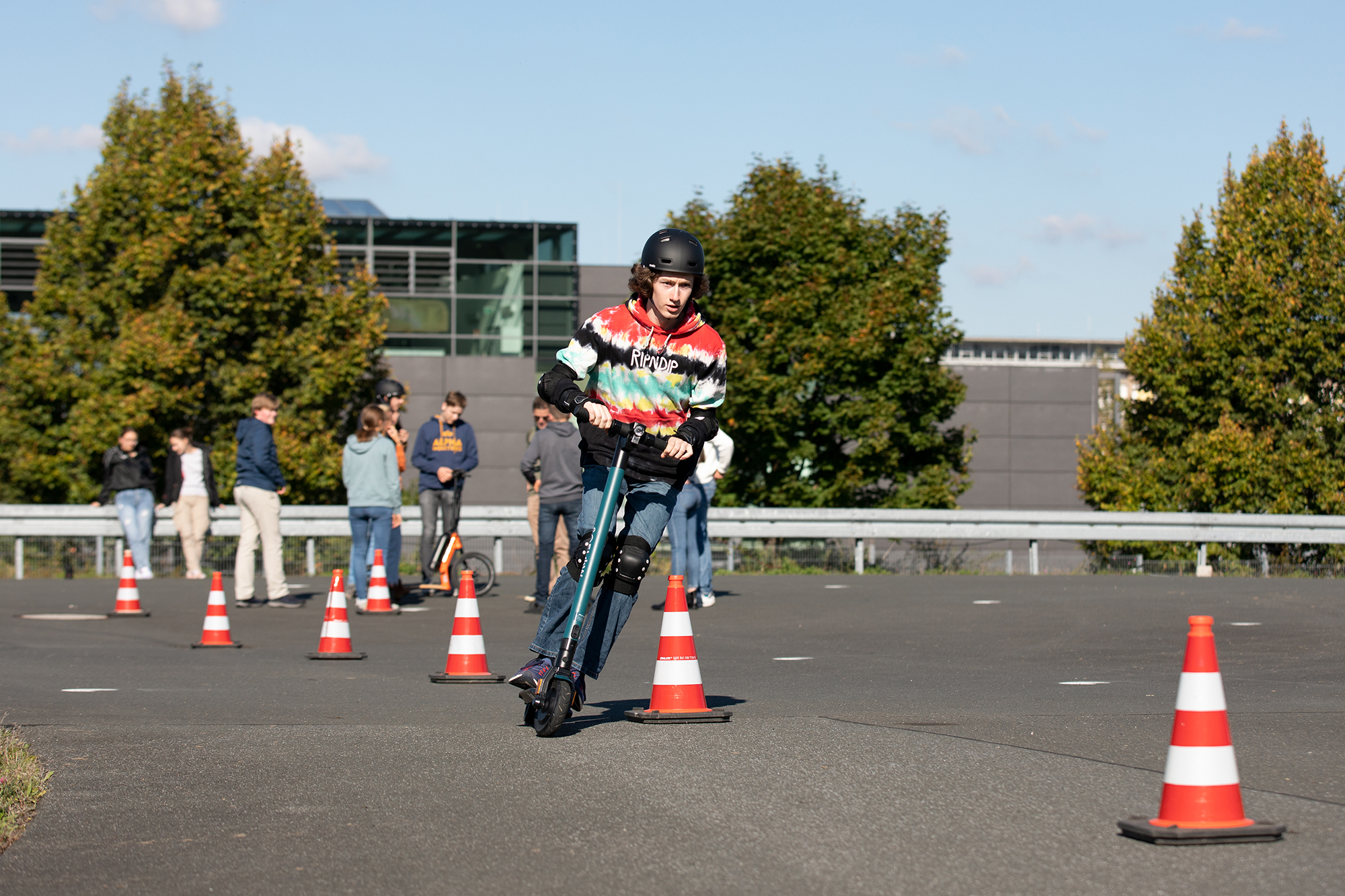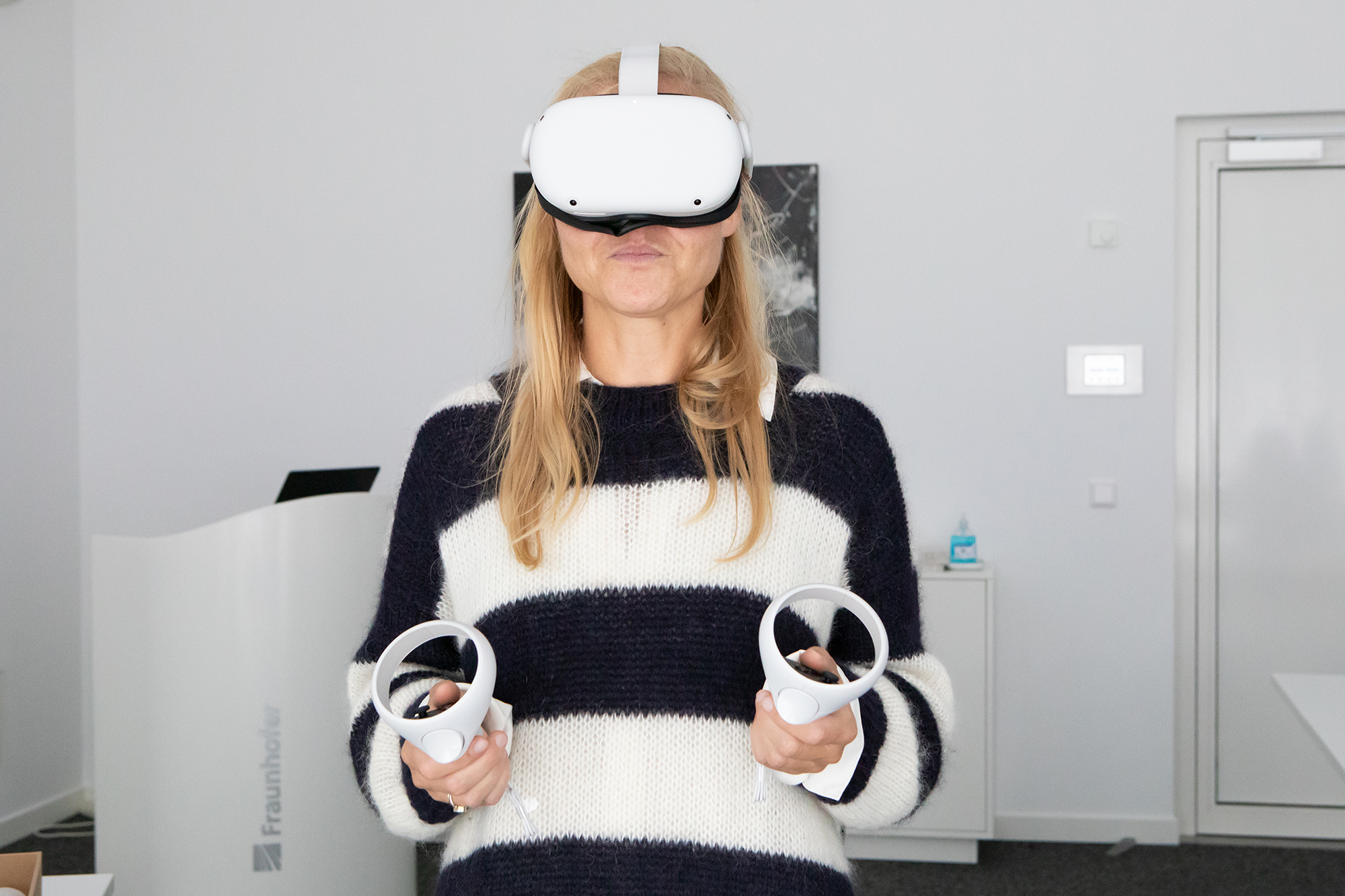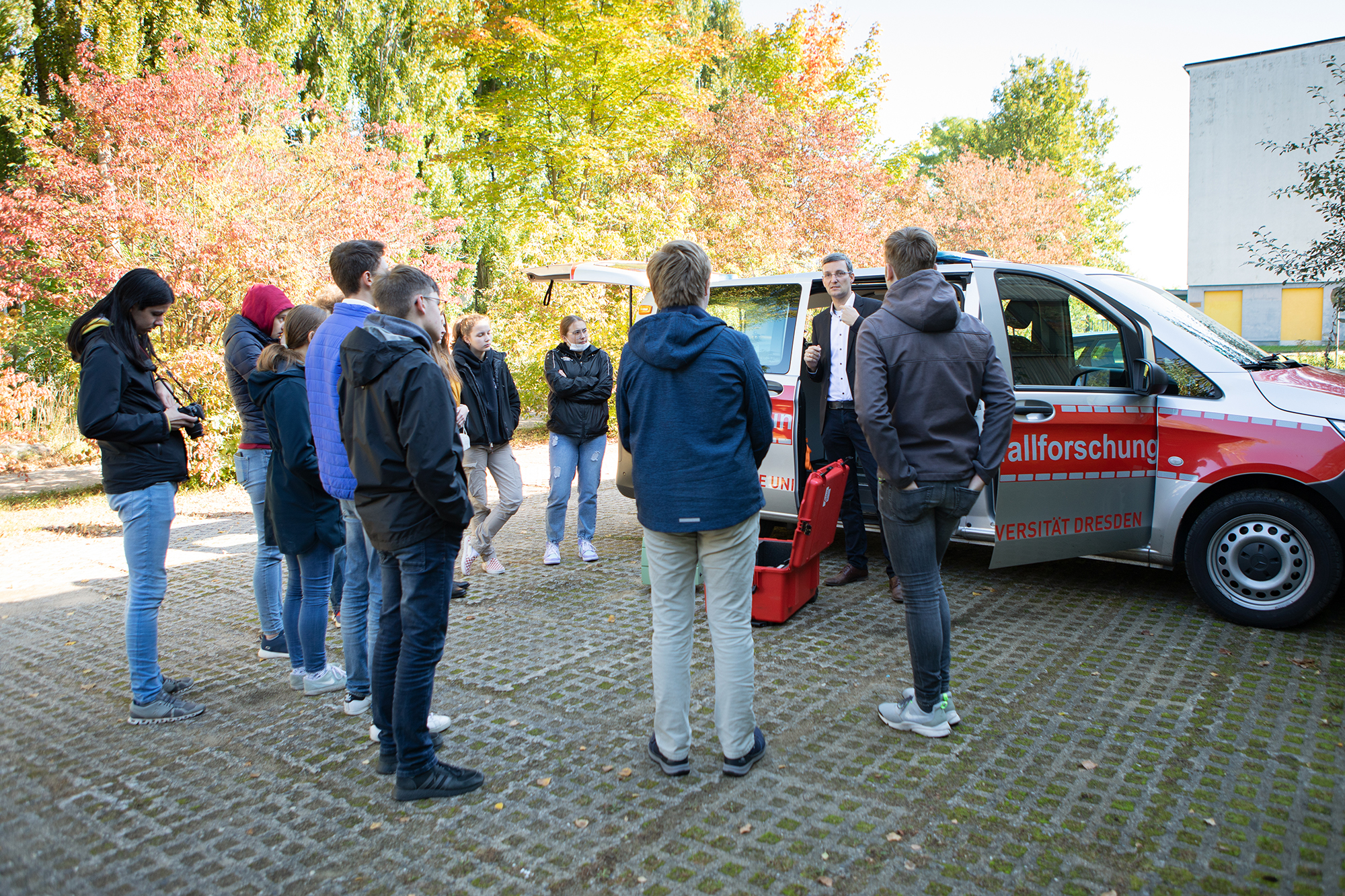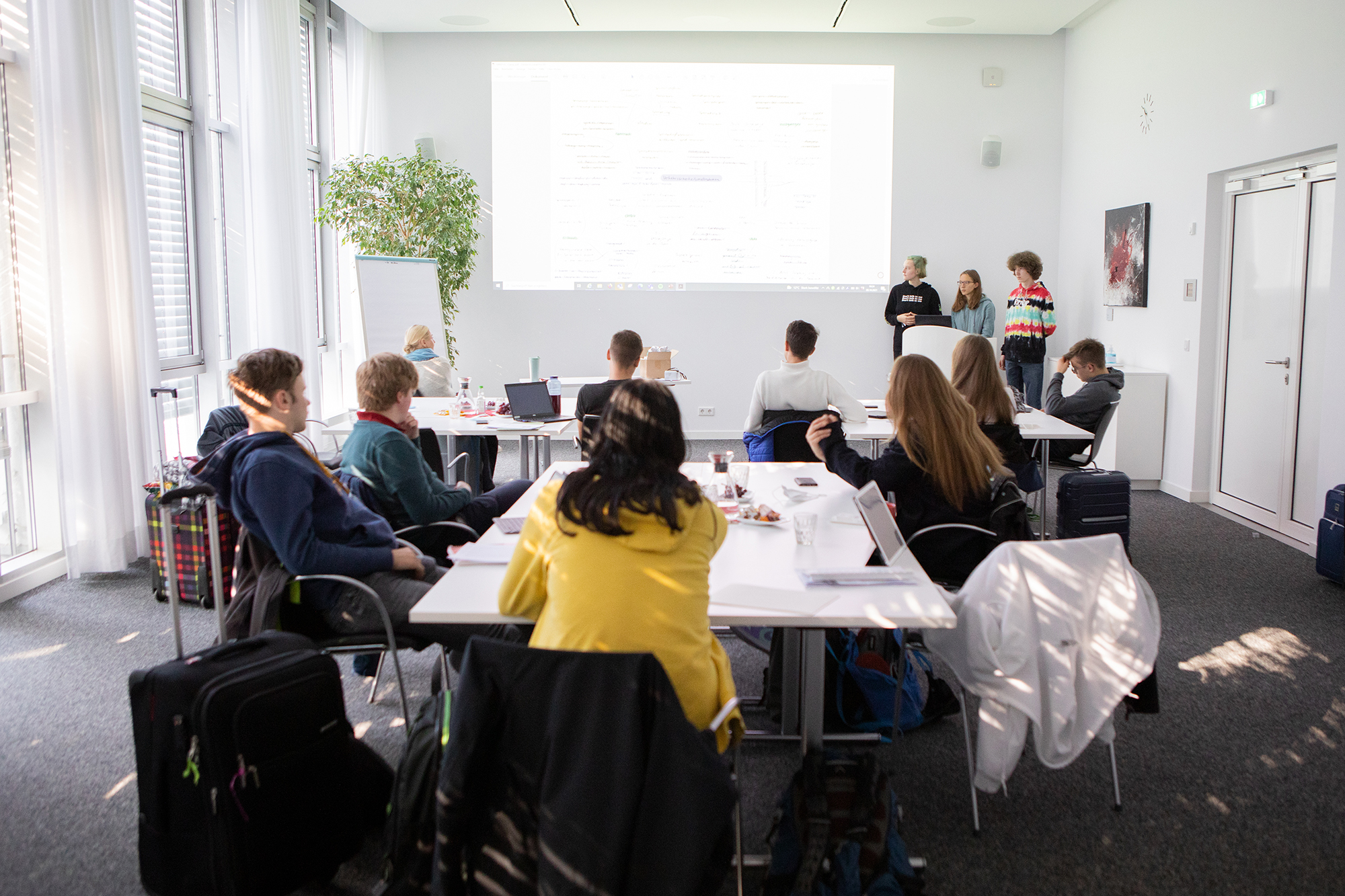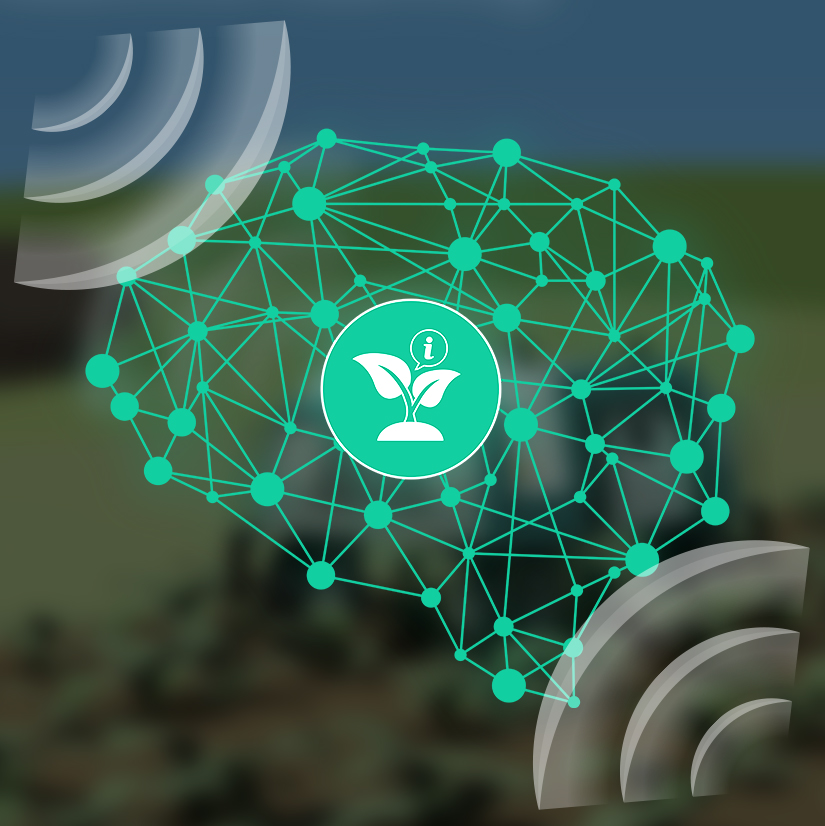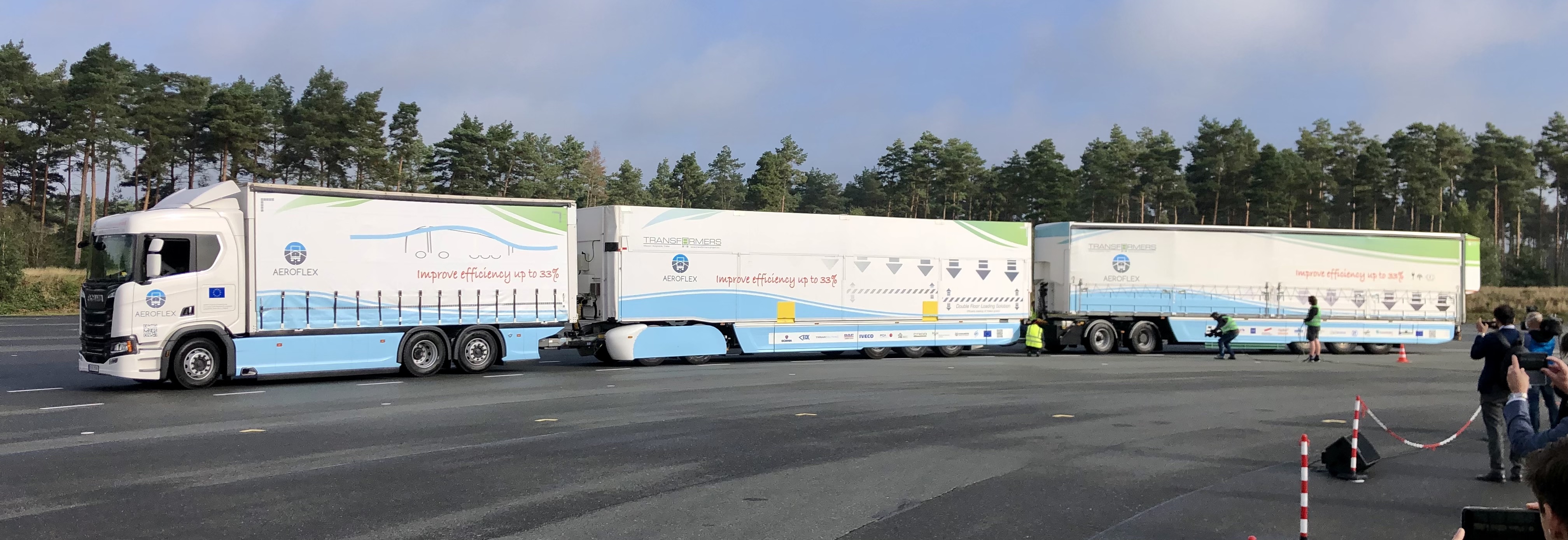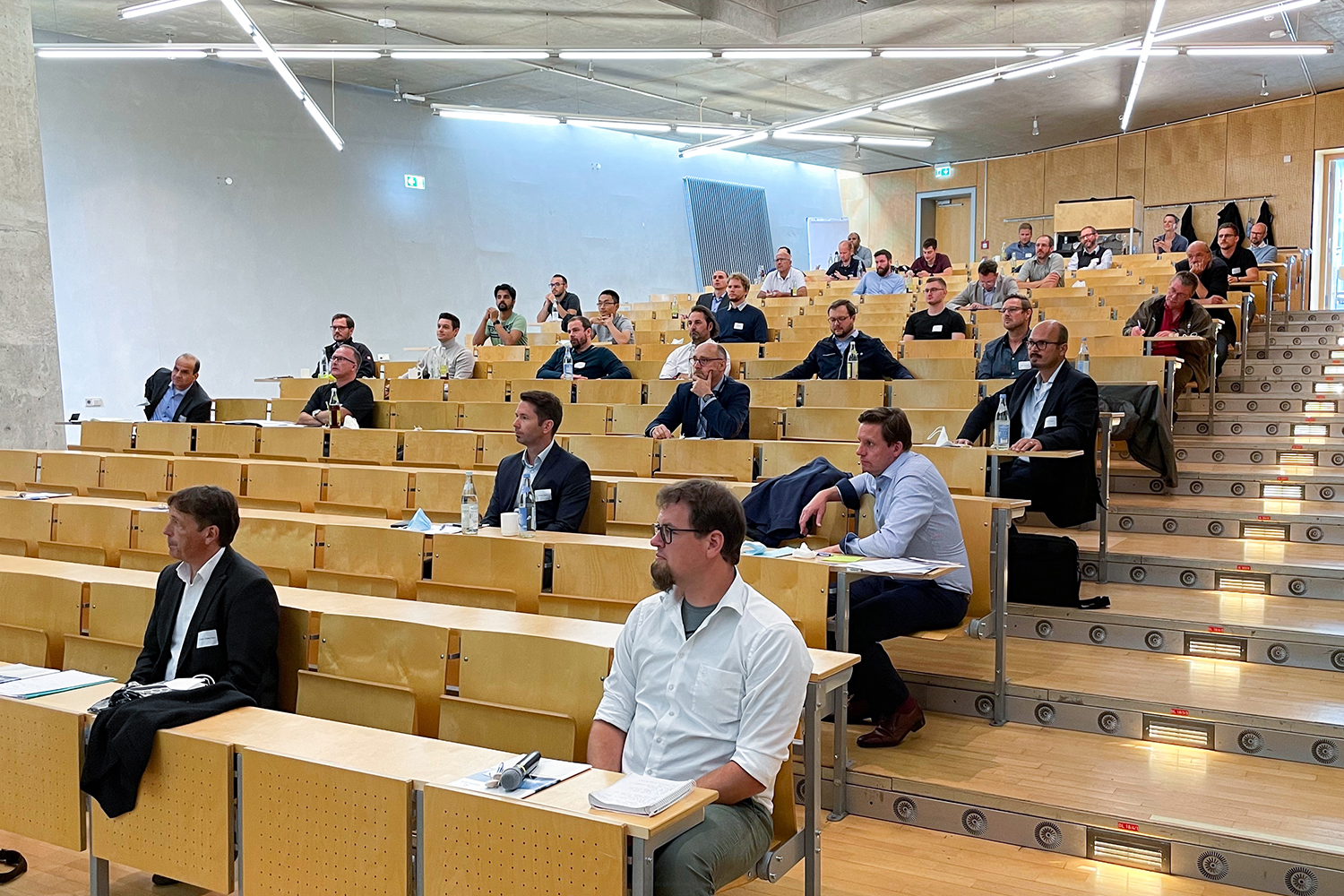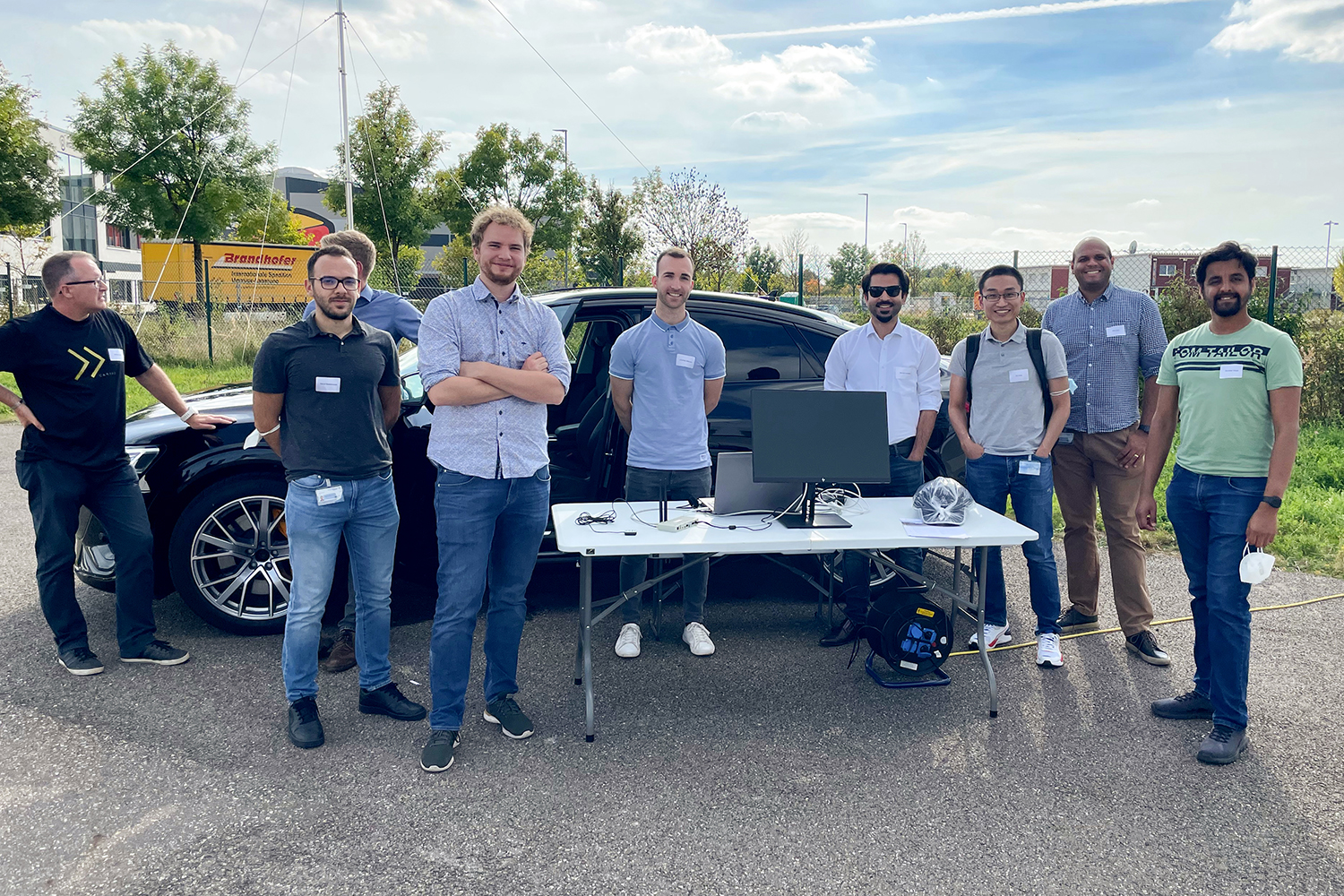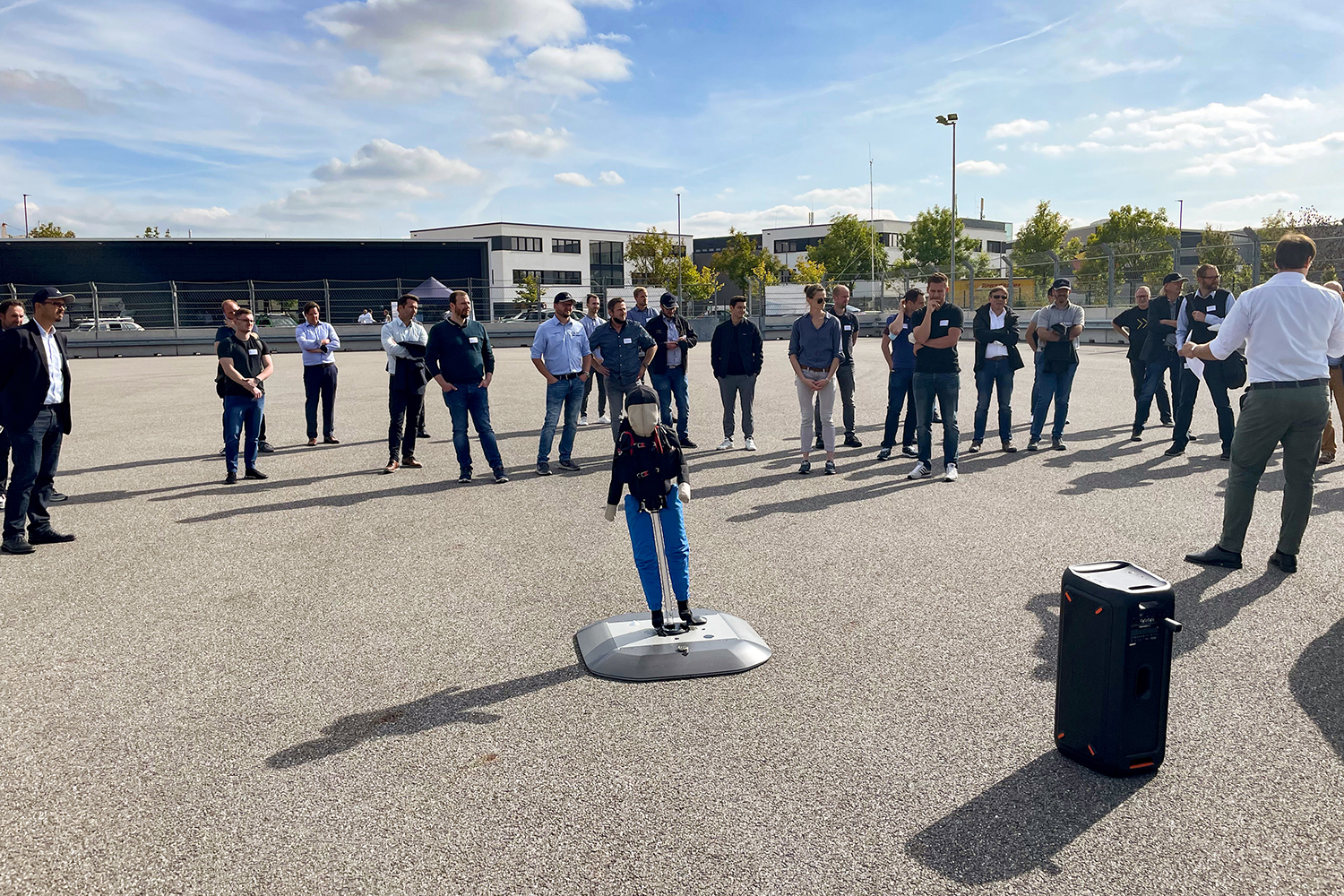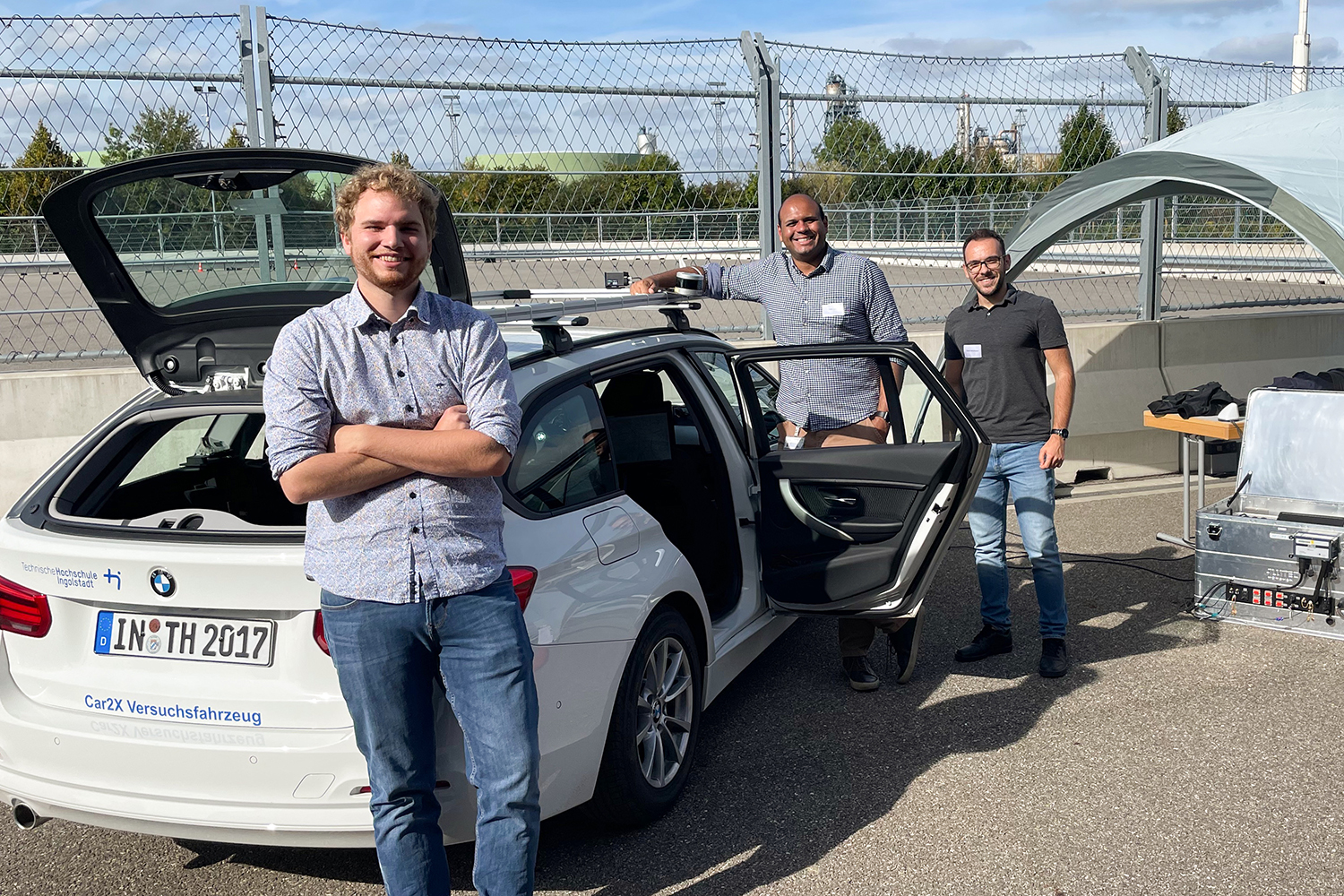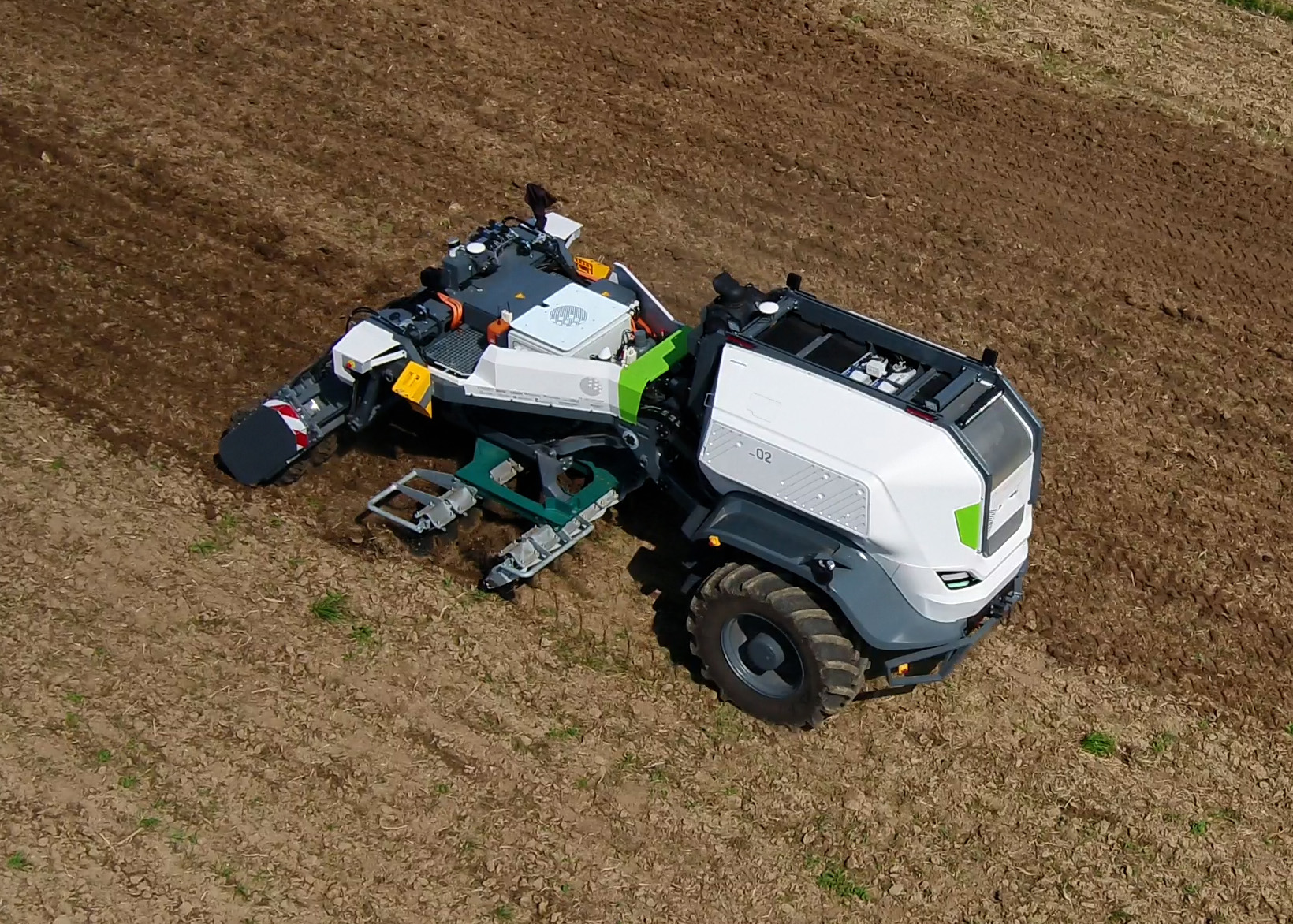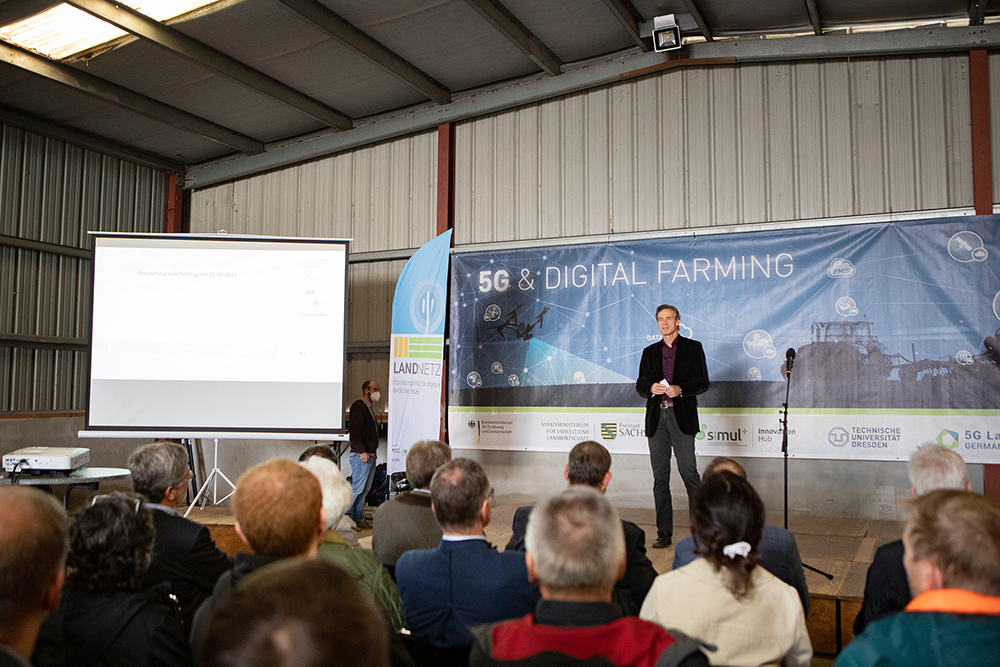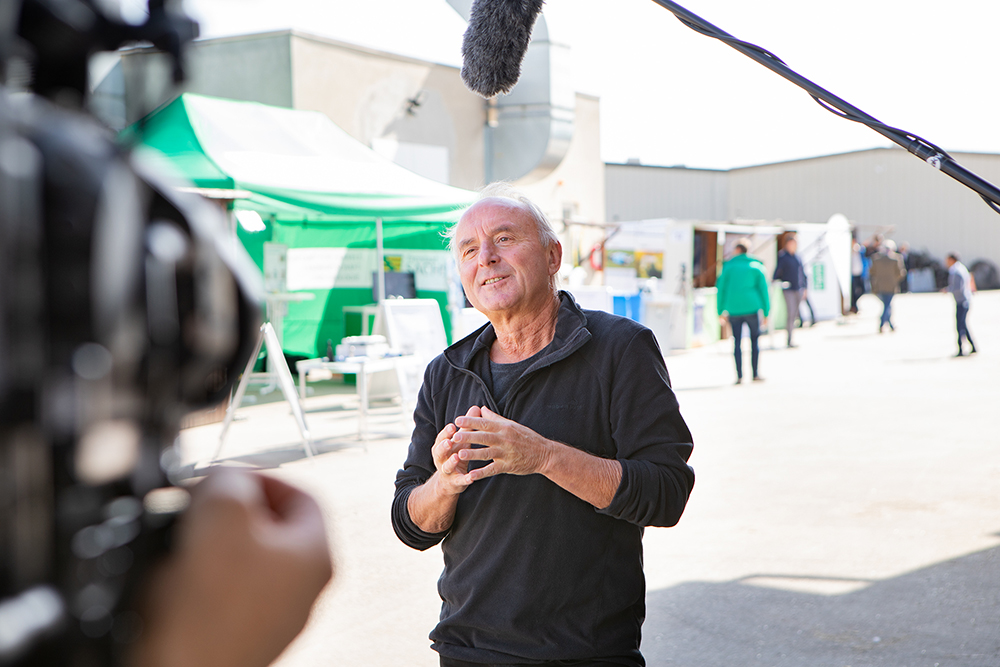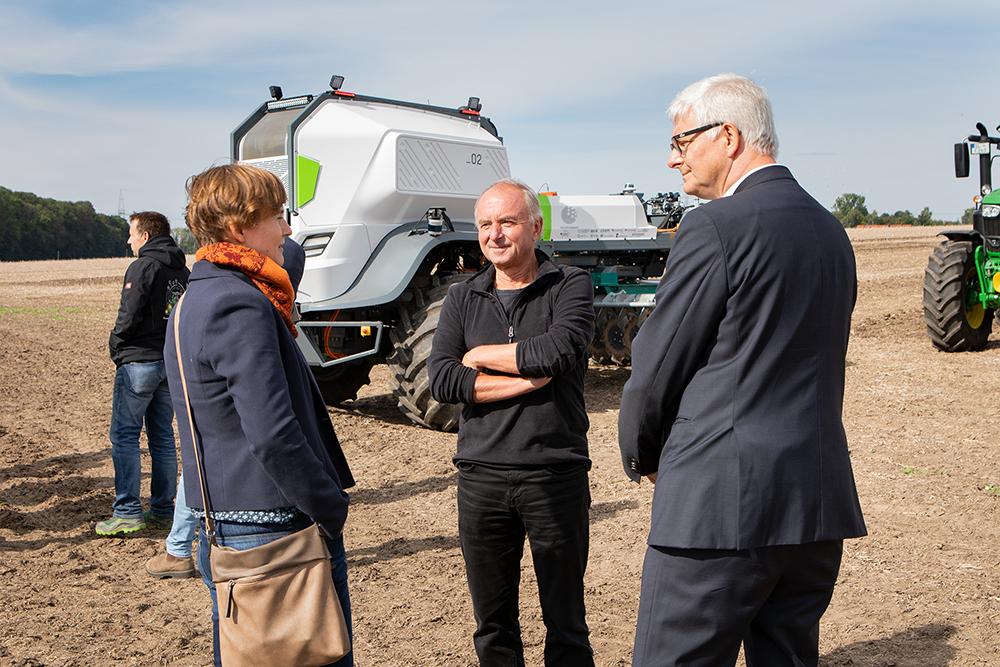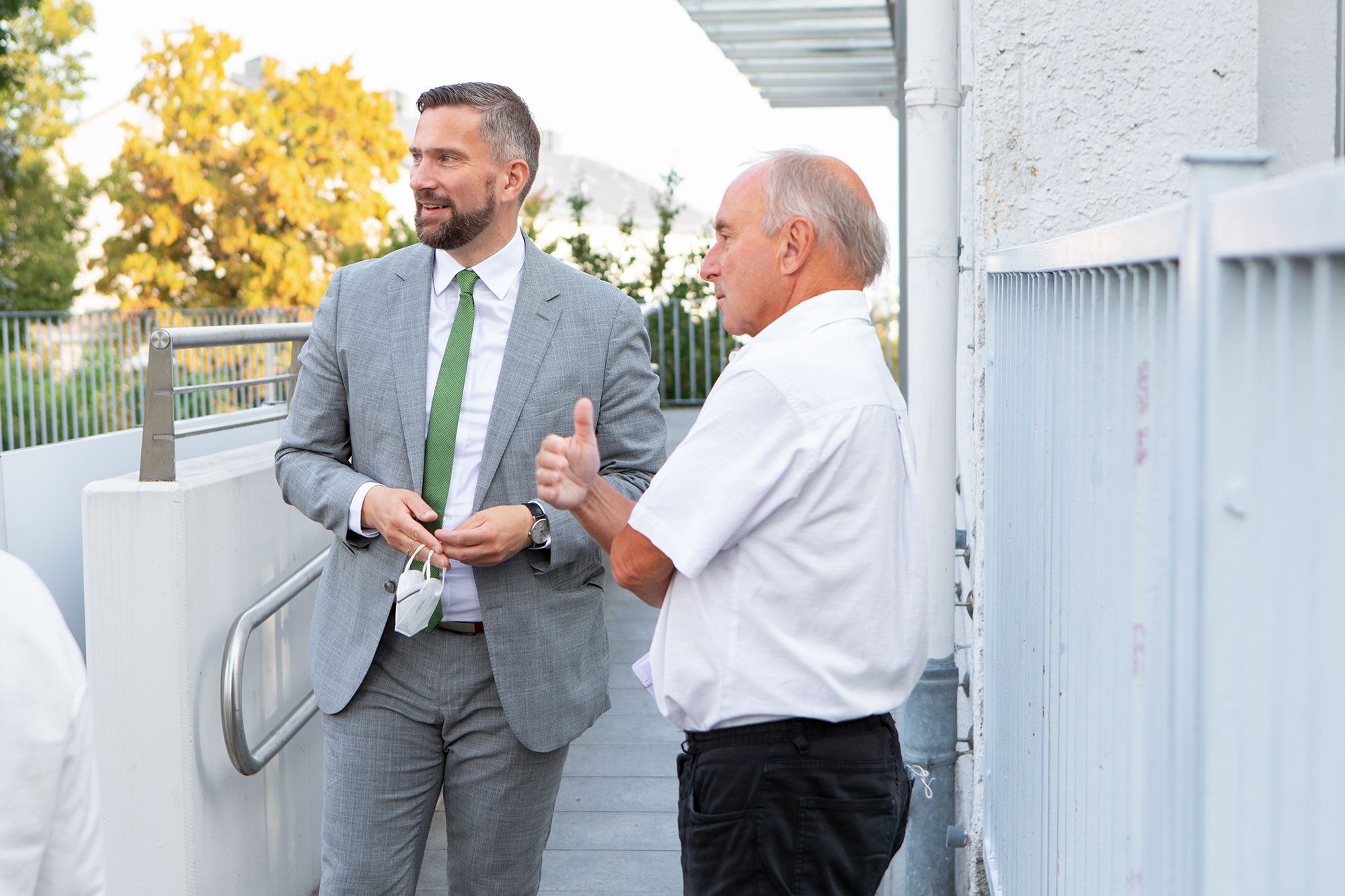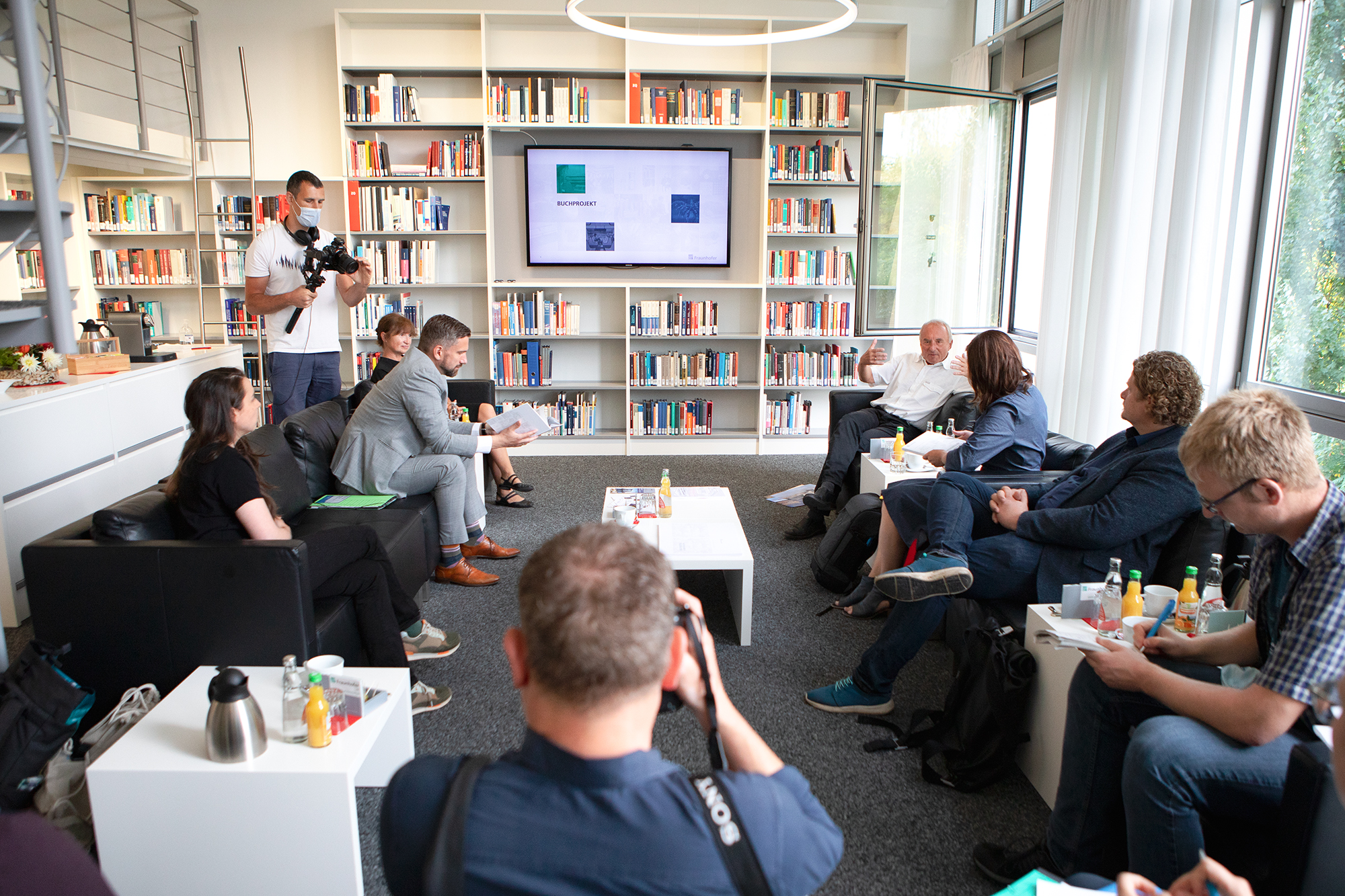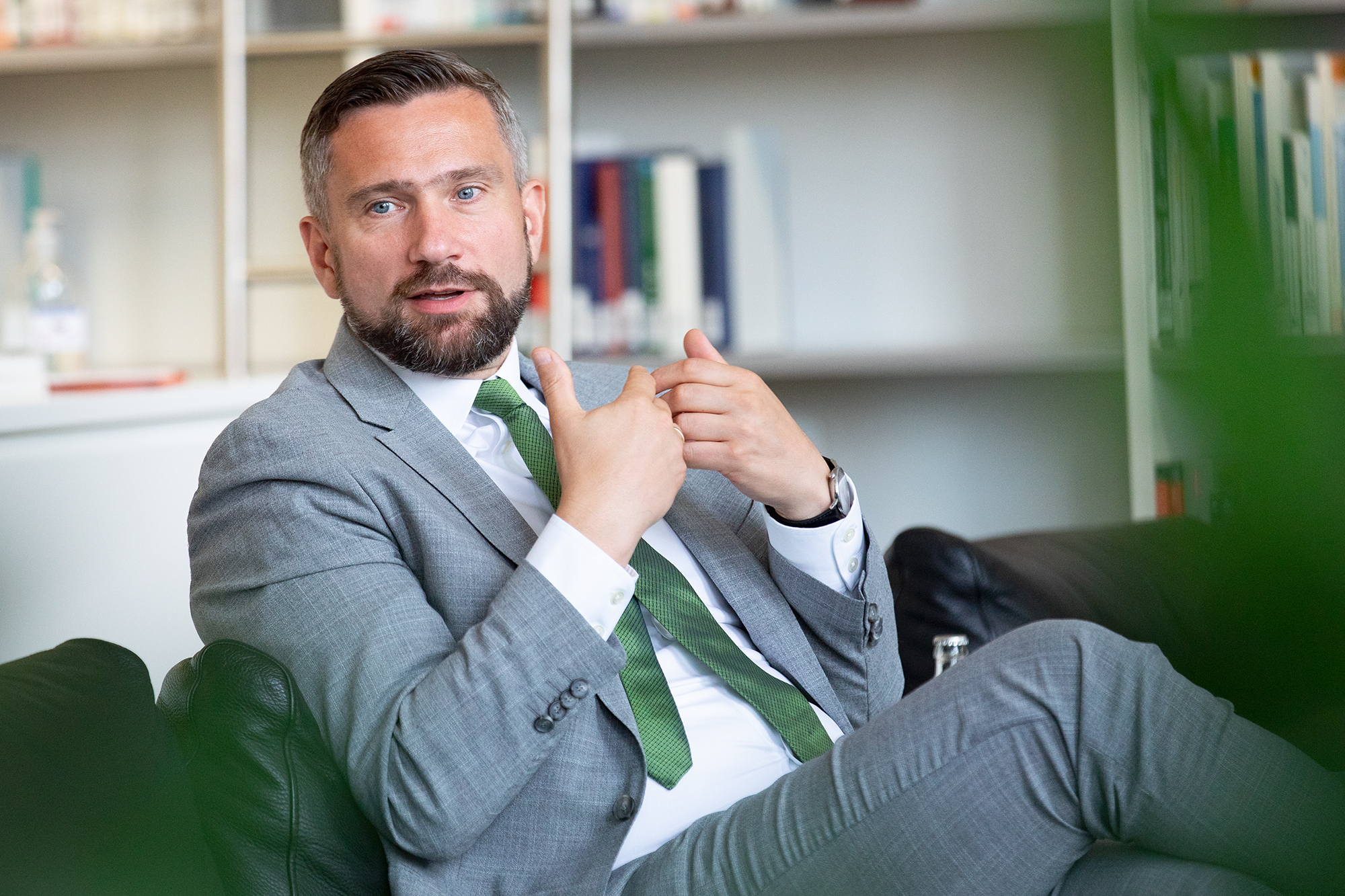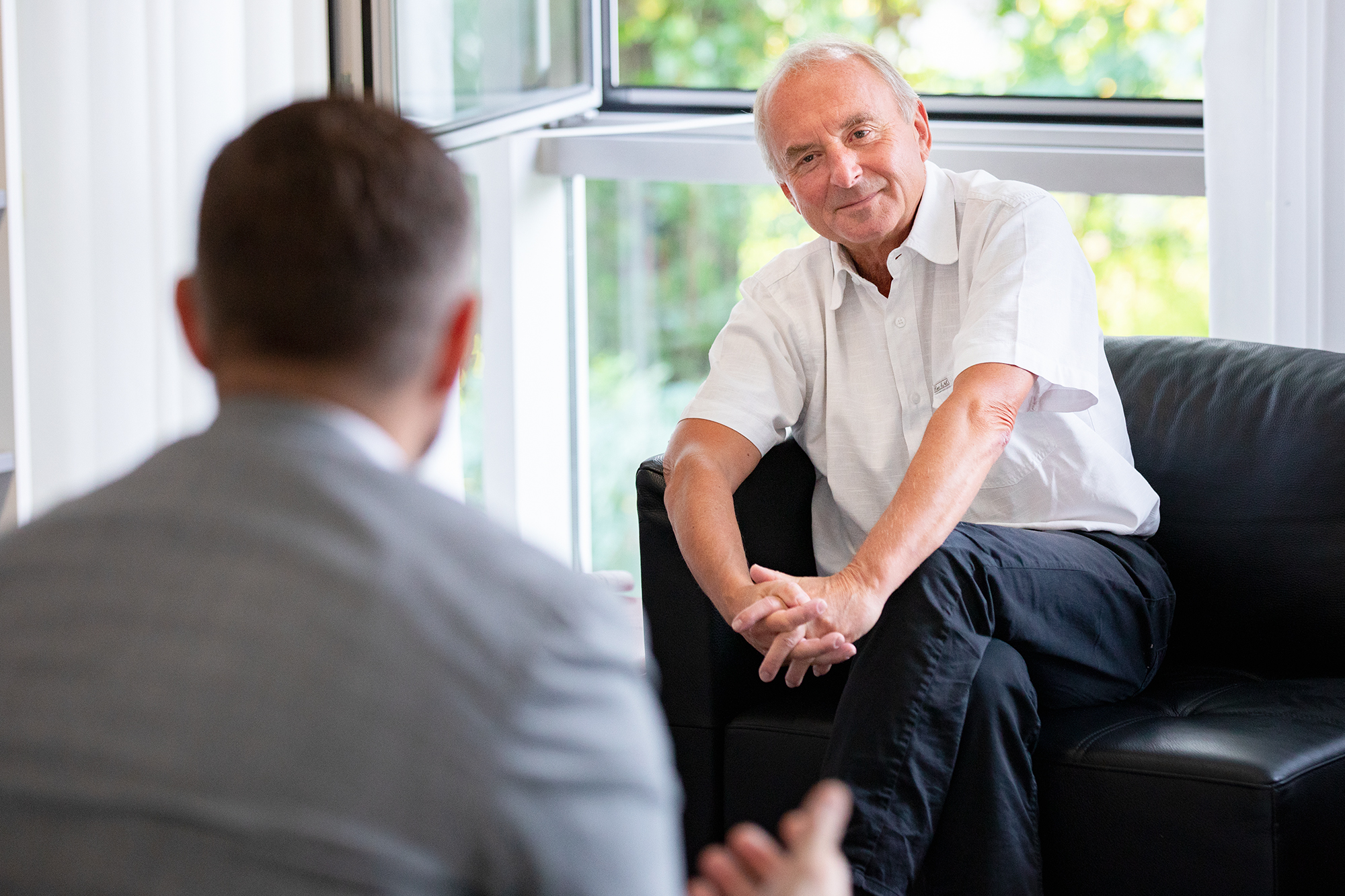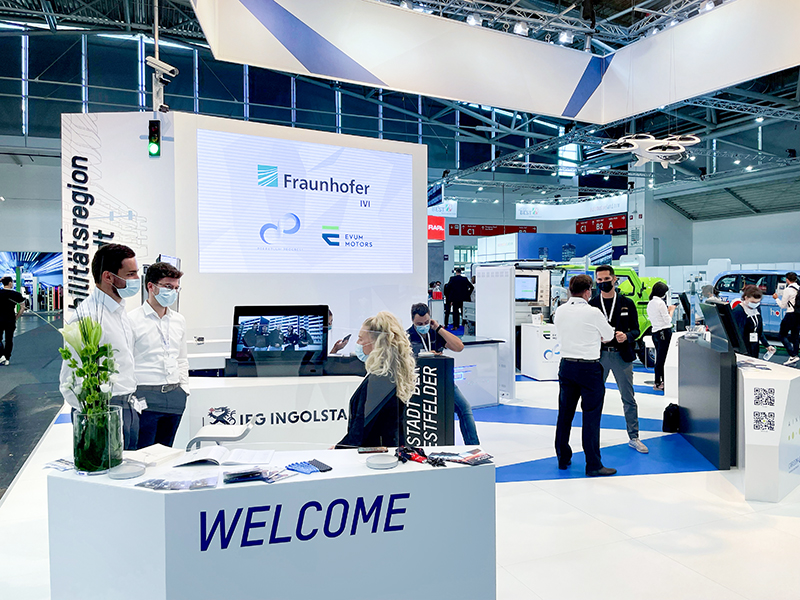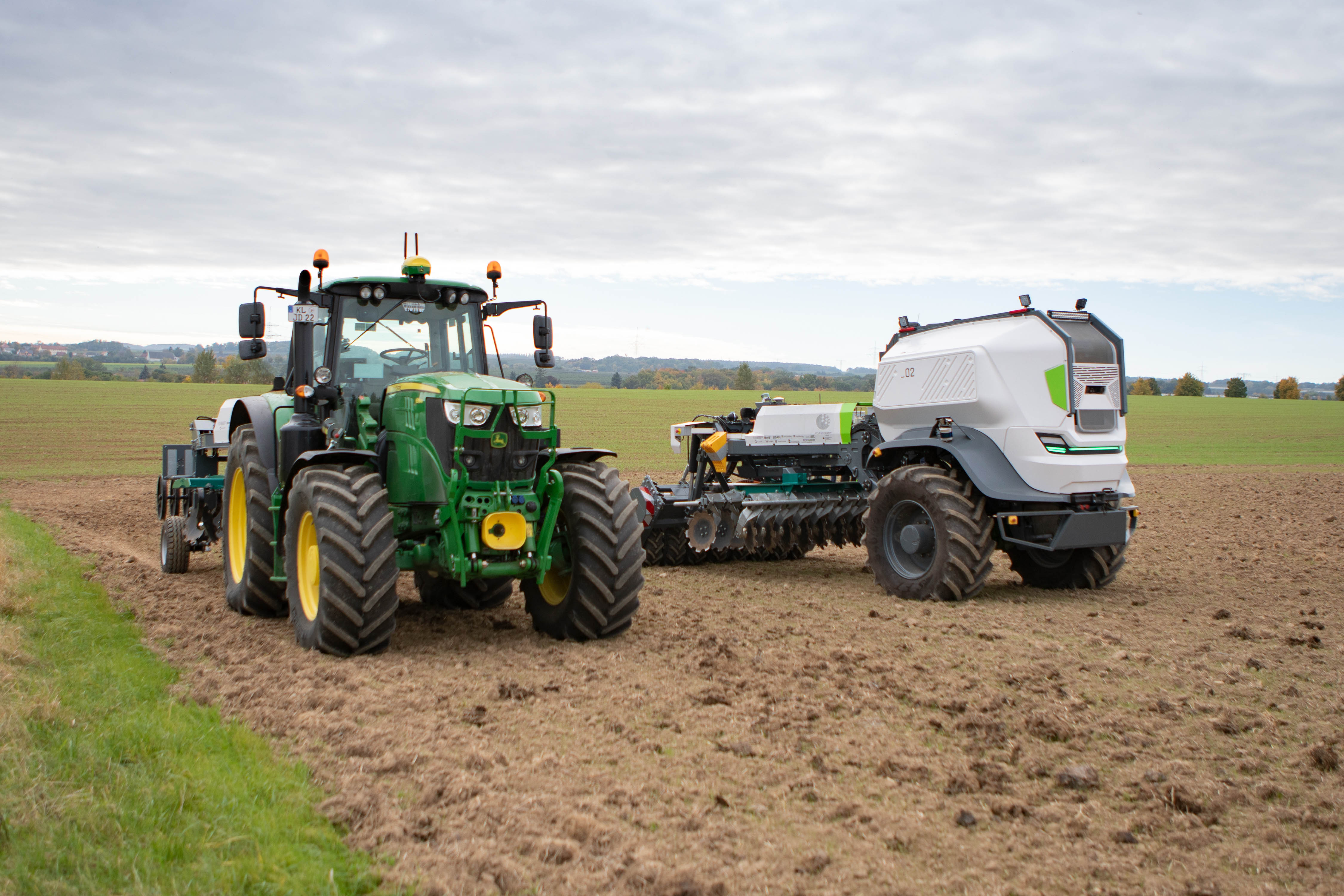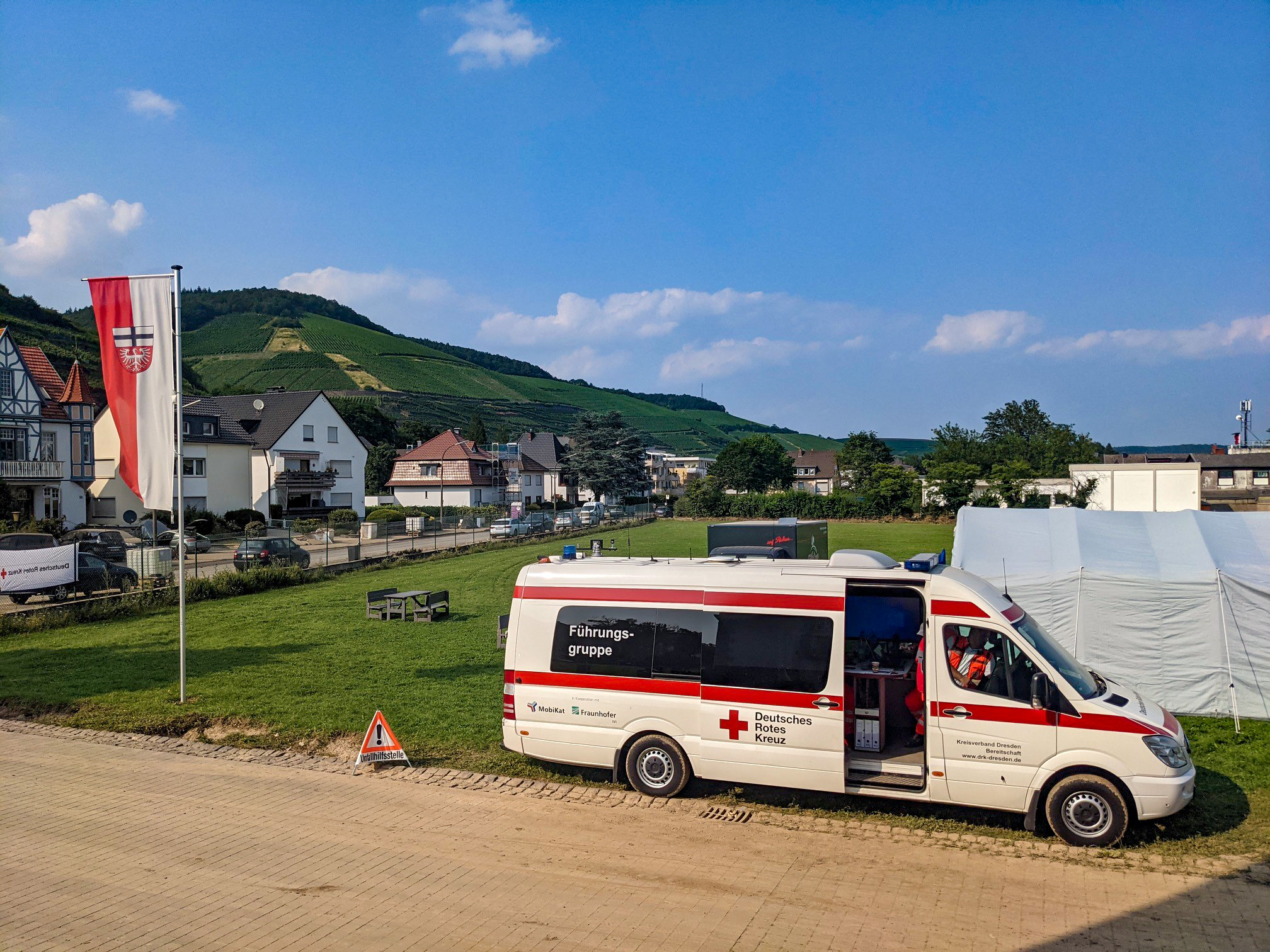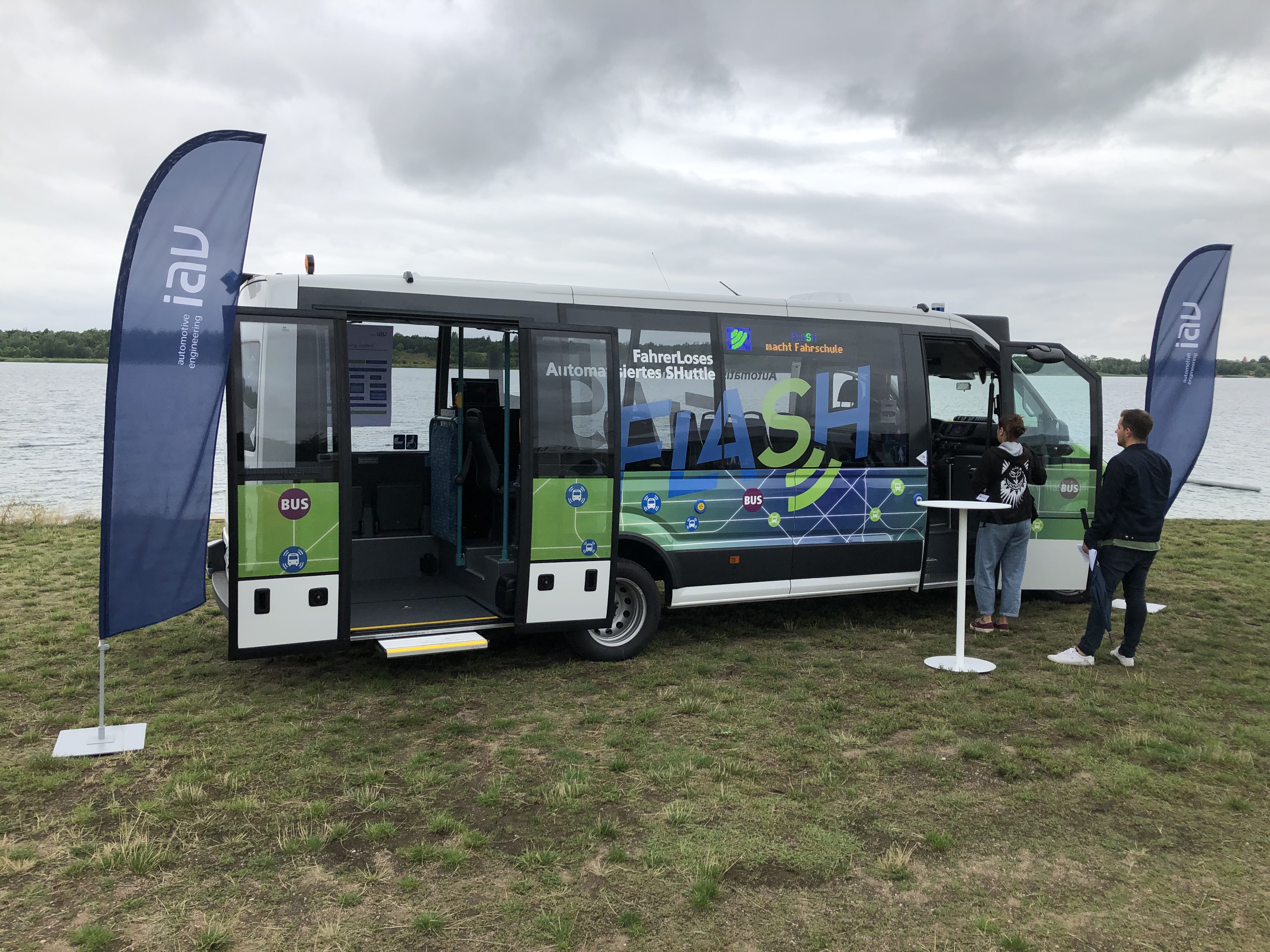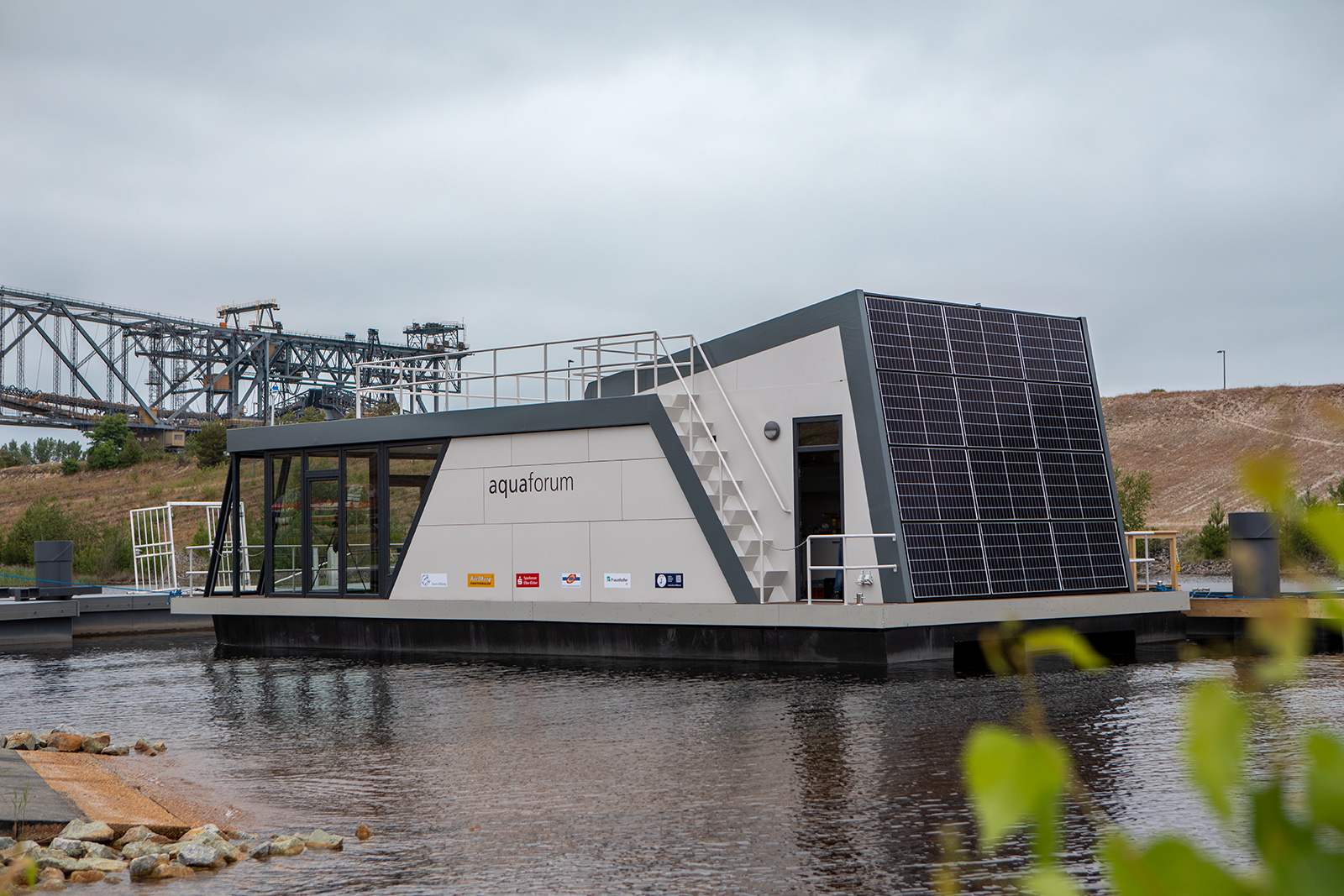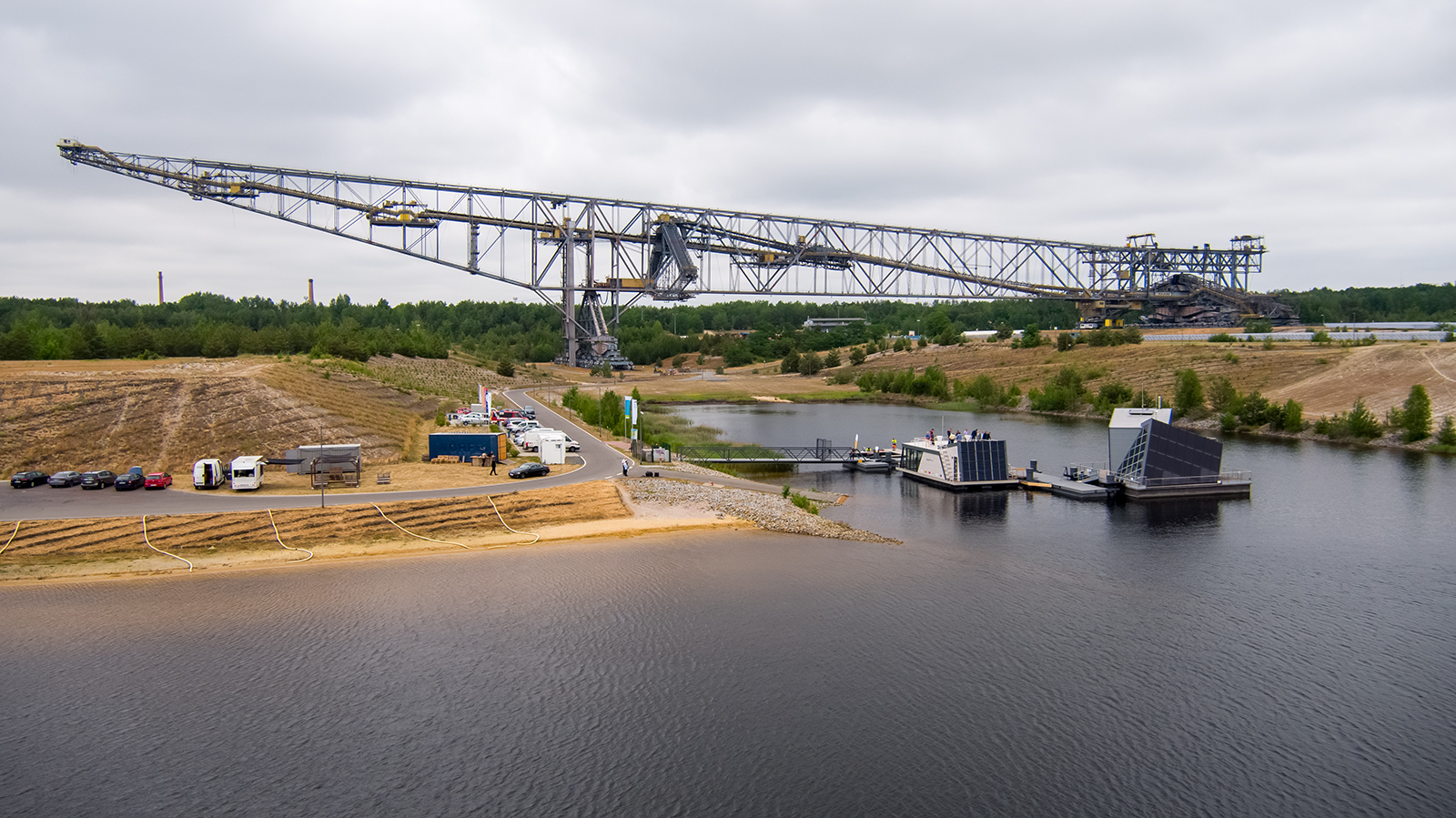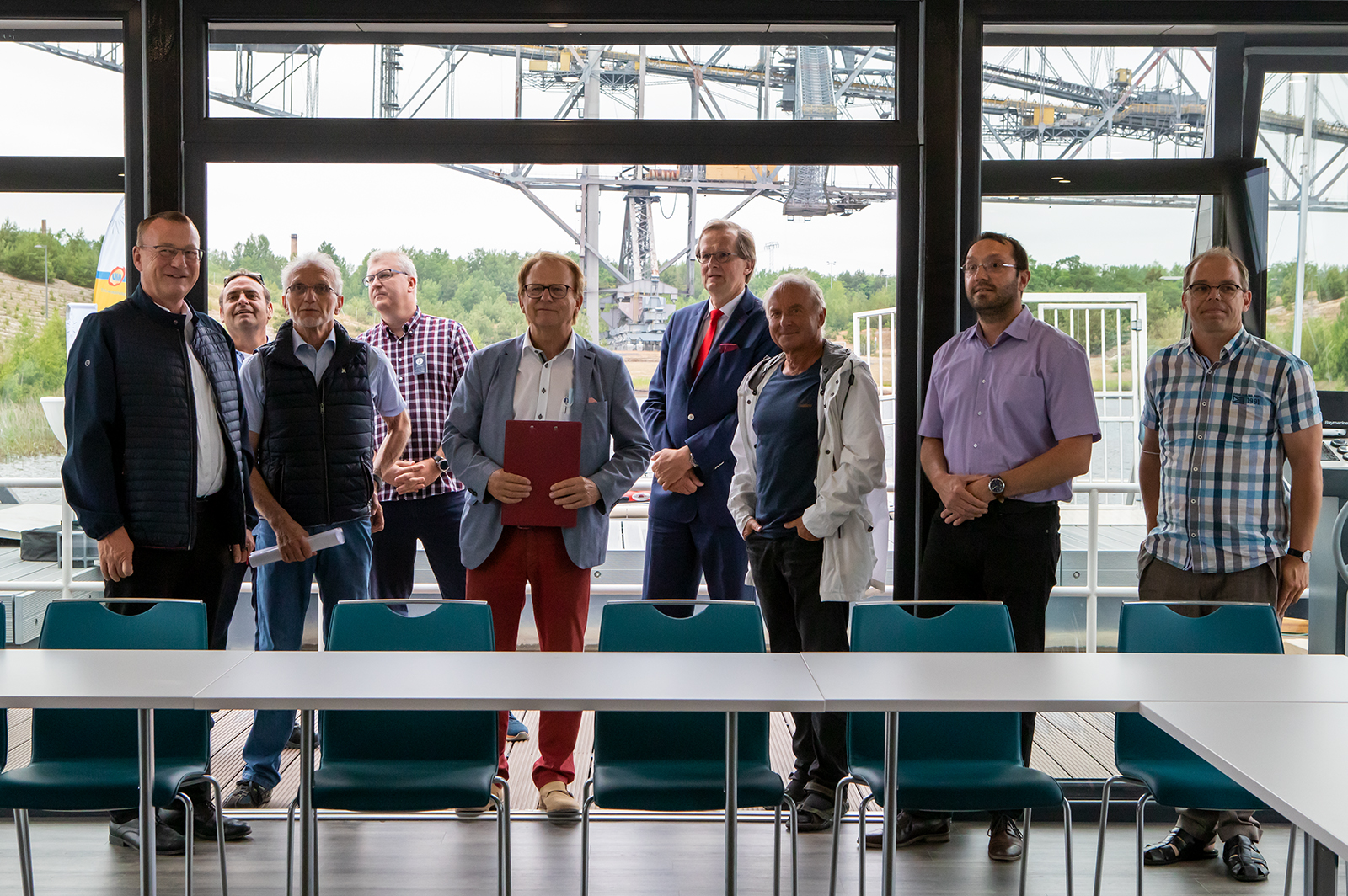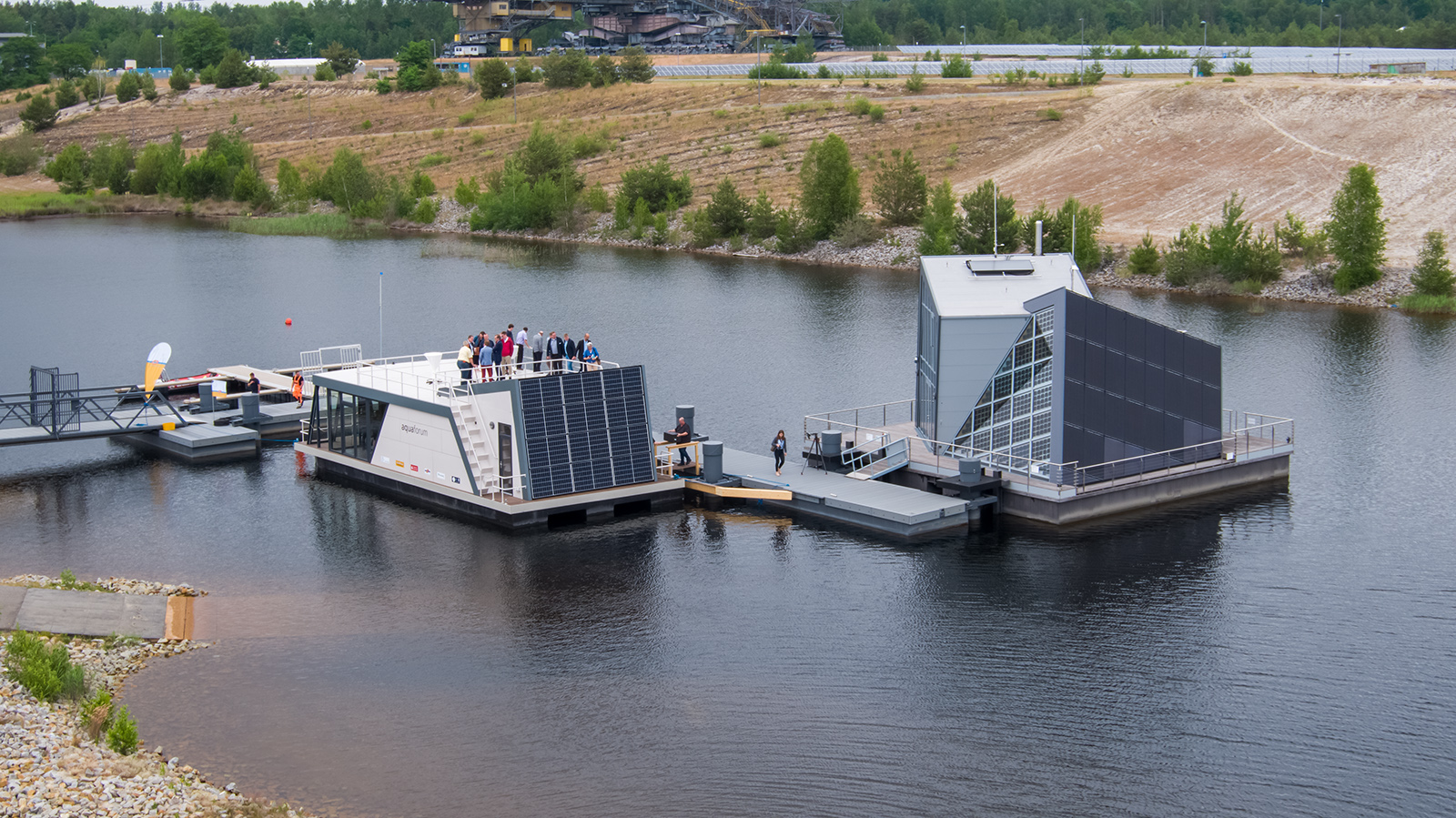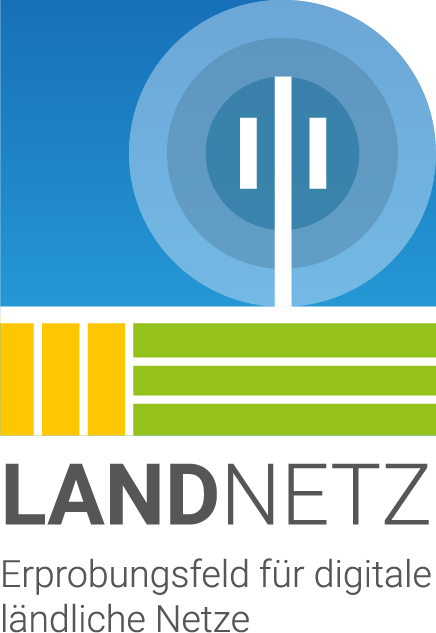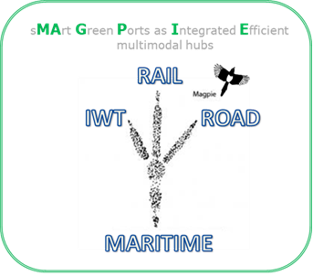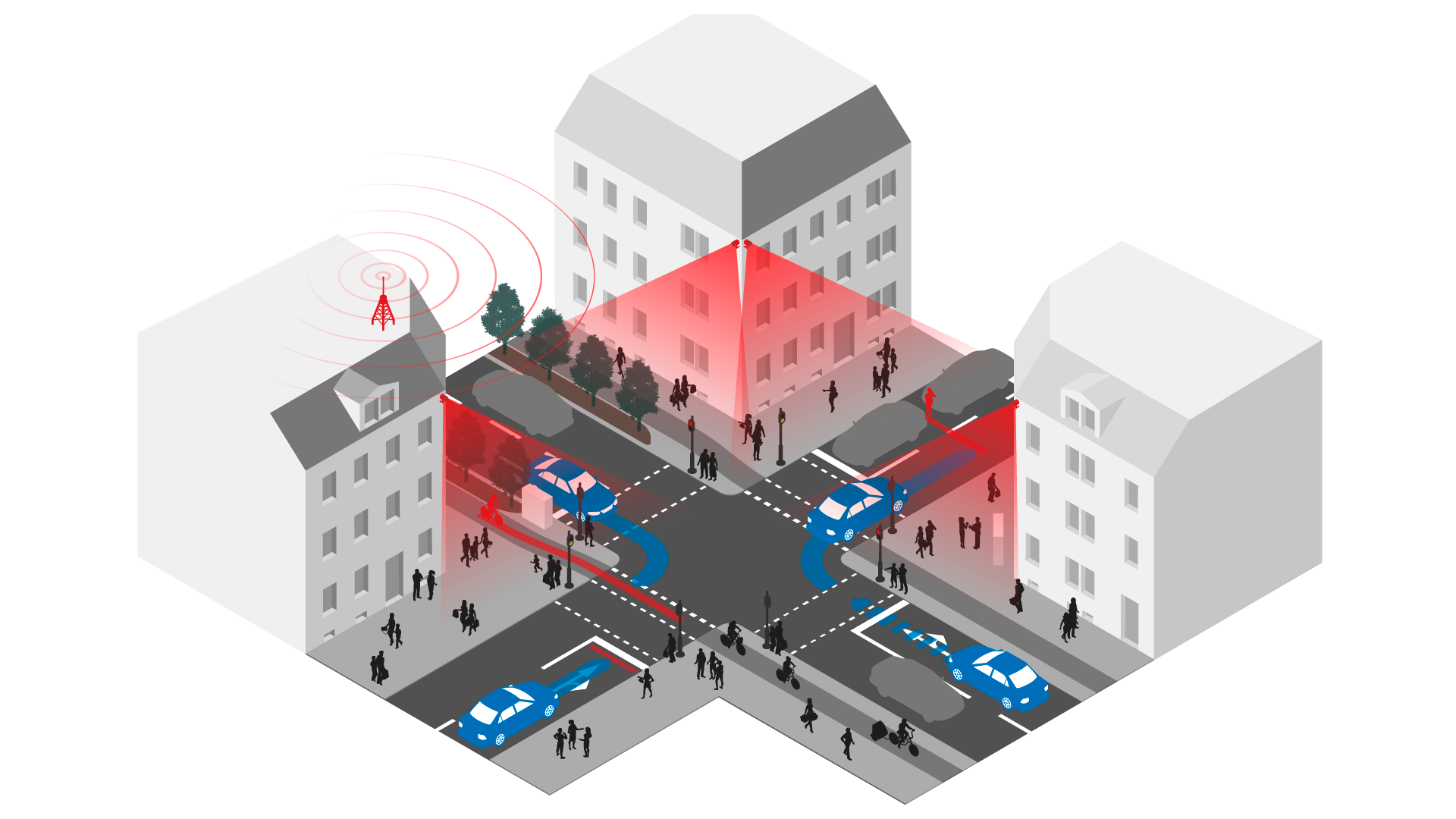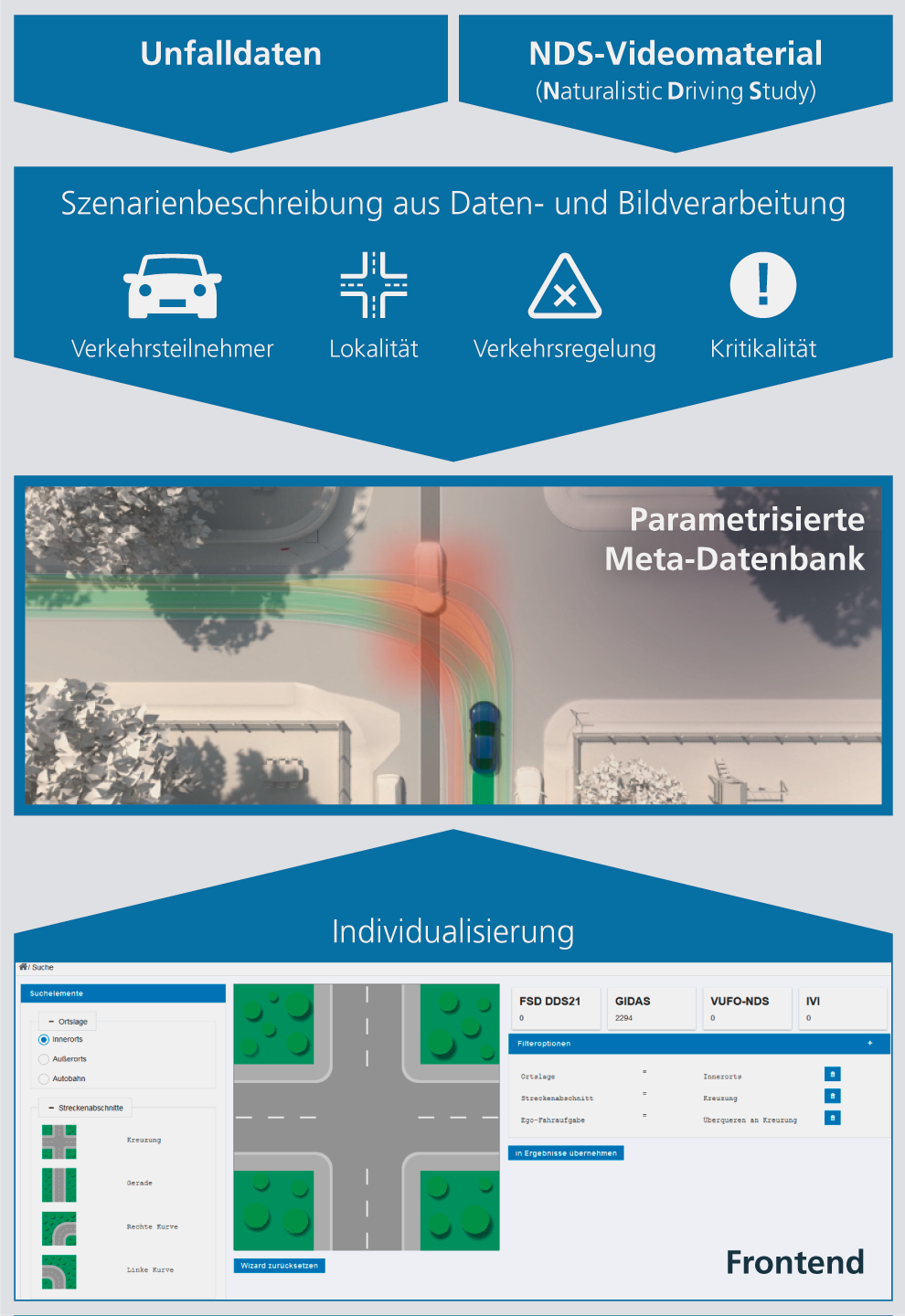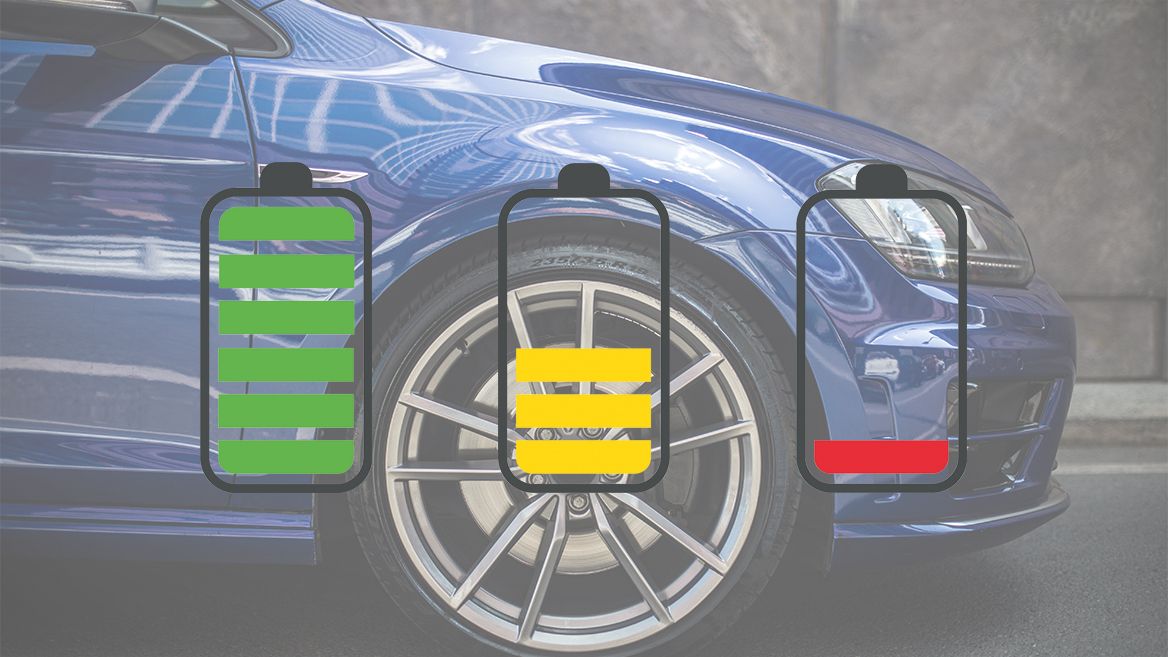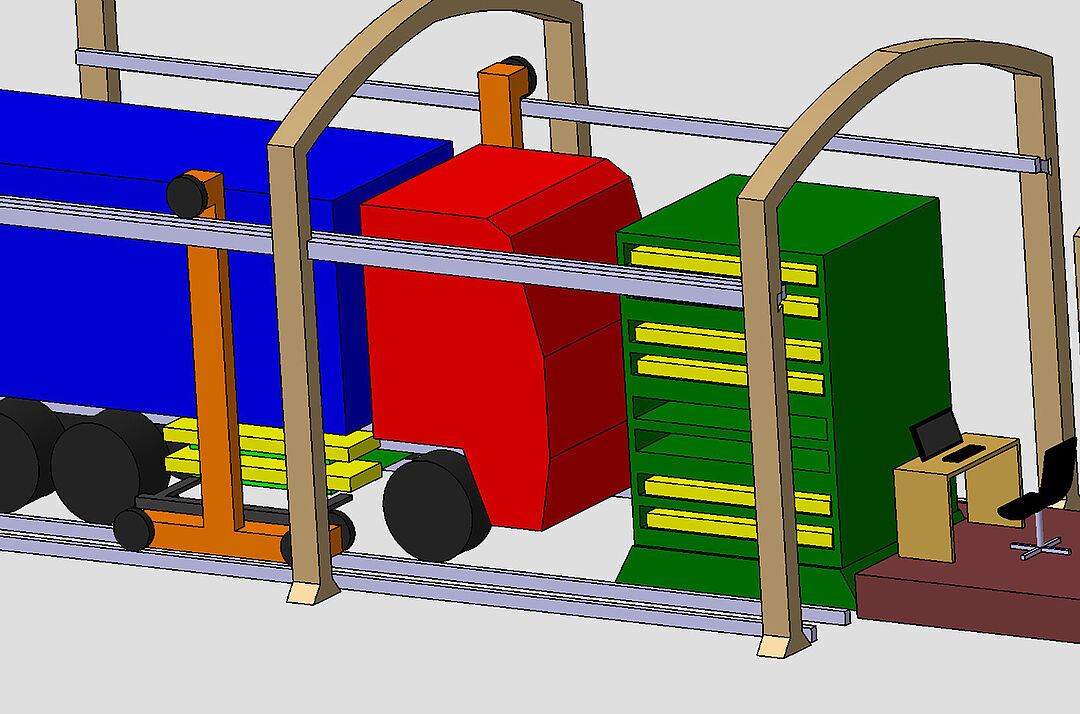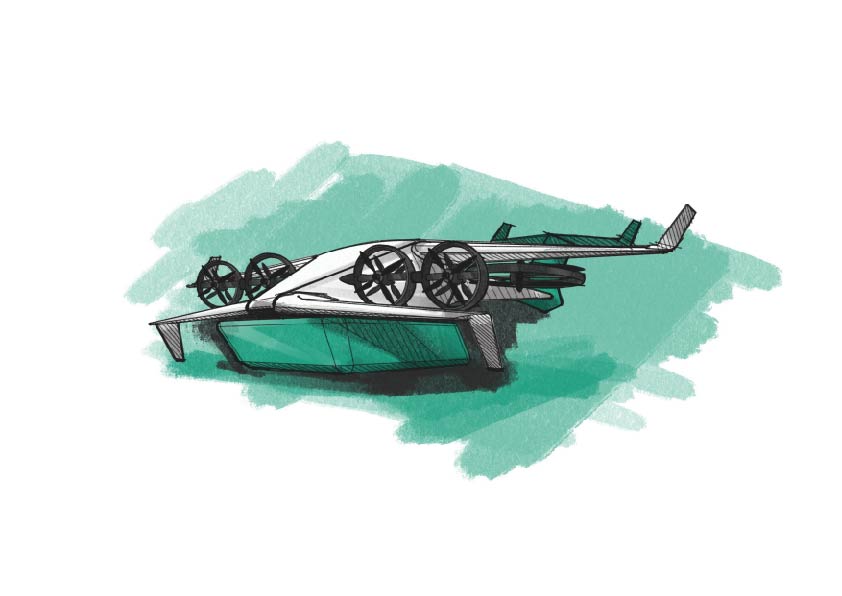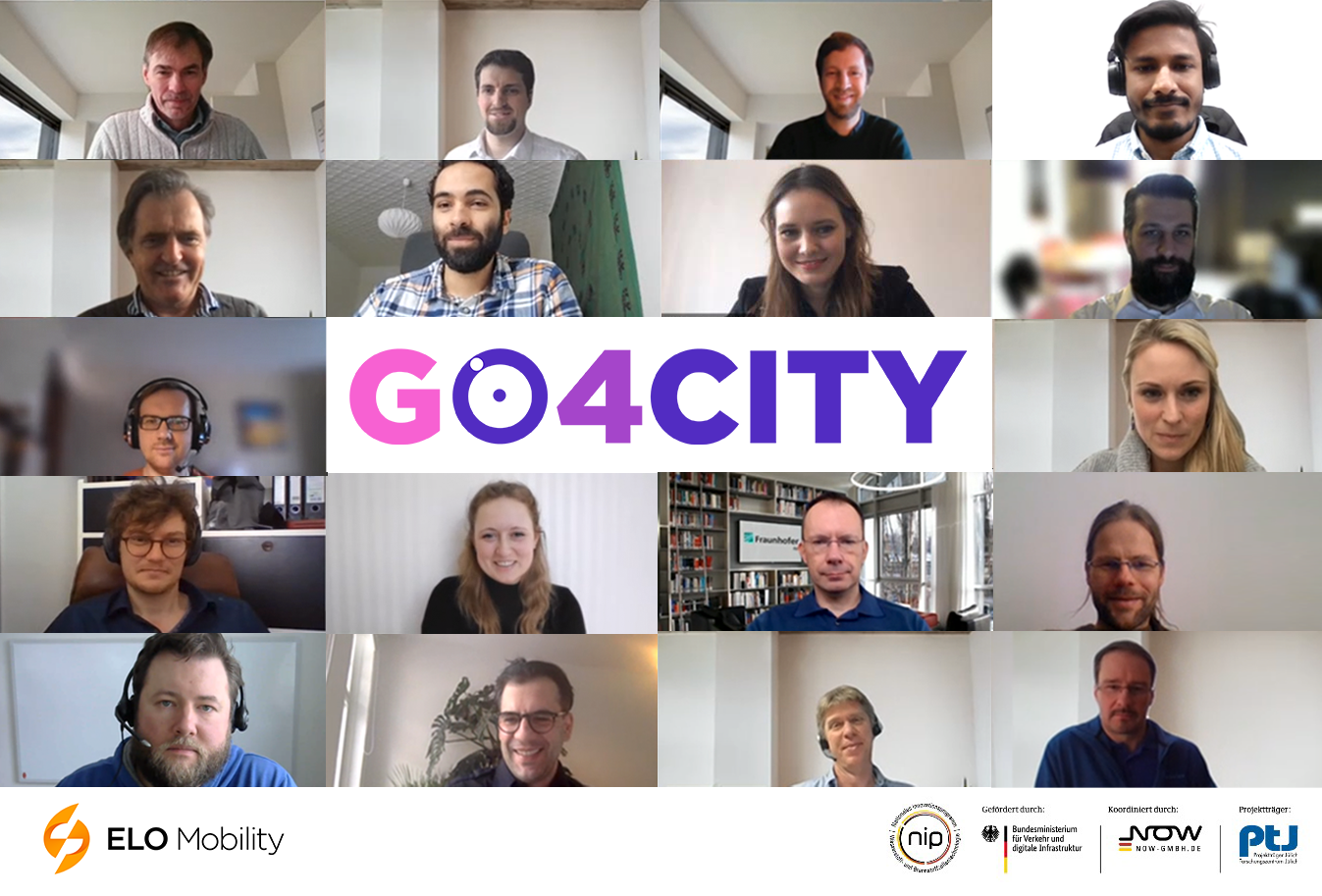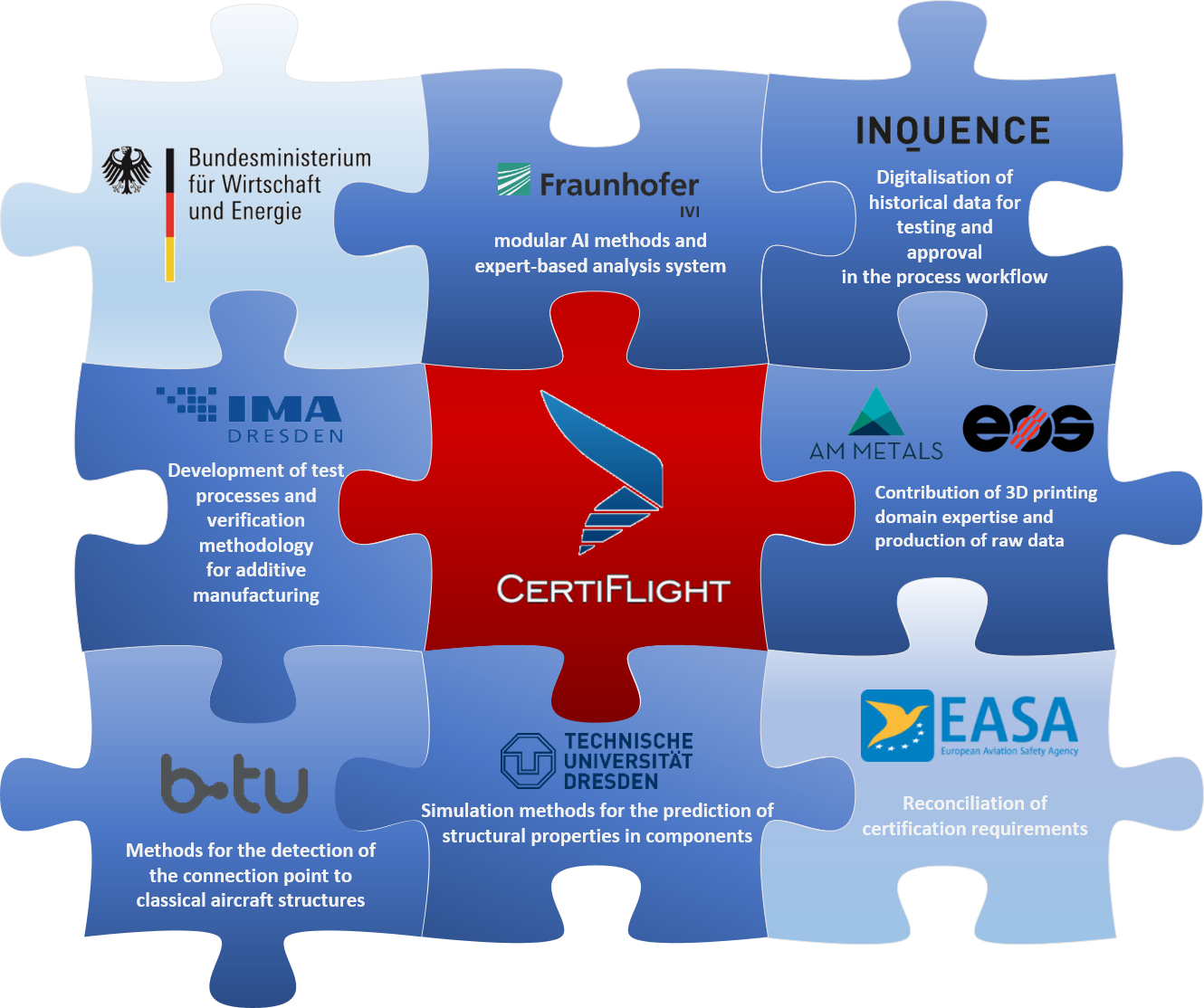Book »Architecture by Fraunhofer« Published
November 29, 2021
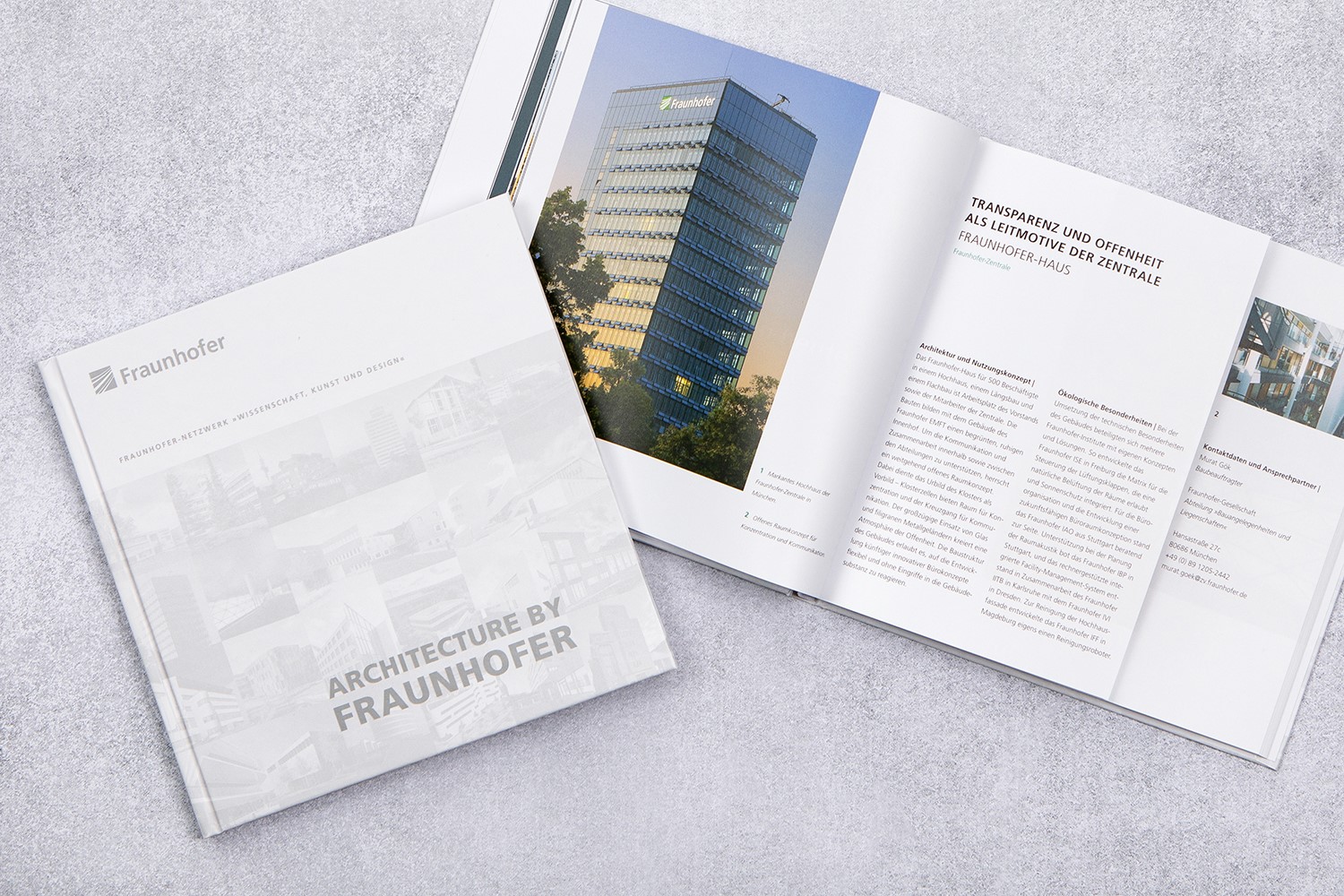
The external appearance of the Fraunhofer-Gesellschaft is not only characterized by the cross-institute corporate design and sophisticated product and communication design of the technologies developed at Fraunhofer. Life and work at Fraunhofer, collaboration with research partners and customers, and the framework conditions for implementing complex research infrastructures are all significantly shaped by the architecture of the institute and administration buildings, technical centers, and even complete research factories.
The building envelope in particular plays a decisive role, as many different specialist trades and design disciplines are involved here. In addition to static and building physics tasks, the facade represents the appearance of the building user and directly and indirectly conveys an effect on its status and corporate profile (e.g. economic success, respectability, innovative strength, creativity, etc.).
In cooperation with the institutes as well as the building department of the headquarters, selected buildings were recorded and described. The framework for this was provided by the accompanying scientific research conducted by the Design Faculty of Coburg University of Applied Sciences and Arts on the effect of architecture in human perception. The result is the second volume of a book series that- based on »Designed by Fraunhofer« - deals with design, architecture and art in the context of research work at the Fraunhofer institutes.
The project was funded within the framework program of the Fraunhofer network »Science, Art and Design«. The decision was made by internal and external members of the program committee.
- book »Architecture by Fraunhofer« (German)
